Land Rover Defender owners wave when they pass each other. At least, most do.
Given that an estimated 70% of all Series Land Rovers and Defenders ever made – 2,016,933 vehicles – are still on the road, that’s a lot of waving. Naturally, being English, it can be a bit embarrassing, but it comes with the territory.
But it felt to me like there was a difference between the waves I shared with other Land Rover drivers on Thursday 28 January and the ones offered on 29 January. On the Friday morning, production of the Land Rover Defender ceased, the factory fell quiet and an inordinate number of people seemed to know it: the Defender was no longer a new car.
Within a few years, it will probably be rebranded as the ‘Defender Classic’, and not long after that all Defenders – like Series Land Rovers are already – will be classic cars.

At least, in theory they will be. The truth is, most Series Land Rovers or early Defenders – the name was taken on in 1990 – aren’t used like normal classic cars today.
Land Rovers live outside and are put to use as agricultural workhorses, their ‘Meccano’ style of assembly meaning that there’s no reason an old Land Rover has to die.
Expired parts can merely be bolted and unbolted from the chassis. And if that rusts away? Well, you can get a new one of those, too. It’s the cherished later ones, like the final Heritage-spec 90, that’ll be the ones most likely to be nestled inside humidity-controlled garages.
Neatly coinciding with the end of Defender production is the end of my time with Autocar’s long-term Defender, a 14-plate, short-wheelbase 90.
It came to us in the kind of specification that was increasingly common on later Defenders: a vehicle more about lifestyle than livelihood. It’s an XS Station Wagon, which means it gets two seats in the back and a veritable raft (sort of) of comfort and convenience features in the front, such as heated seats, air conditioning and, er, well, that’s about it.
It also came with an audio upgrade, some leather trim and the Black Pack that gave it both its distinctive looks and some of its dynamic characteristics.
The pack includes the cool 16in ‘sawtooth’ alloy wheels and the most off-road-focused tyres Land Rover offers, Goodyear 
MT/Rs, whose puncture-resistant sidewalls are particularly stiff and, despite an 85-aspect height, contribute to what is a fairly crashing ride.
Not necessarily, then, the ideal set of boots for a car that wasn’t going to spend a huge amount of its time off road, because although I live a bit in the sticks (an hour and a bit north-west from the office, where broadband and 3G have sufficient difficulty getting through that it’s assumed I’ll need a minimum 500mm wading depth, too), what I do most is drive on the motorway.

Still, I’ve never found that motorway schleps are as big a Defender problem as people assume they are. Yeah, the controls are hefty and that ride is harsh, but I’ve always found the seats moderately comfortable. I’m 5ft 10in tall, so I can just about sit far enough away from the pedals, although anyone taller might find the seat doesn’t push back sufficiently, and head room is, as you’d expect, great.
My elbows don’t bang the doors, although I can rest my right elbow comfortably on the narrow top of the door card and hold the steering wheel. Meanwhile, because the seats are flat, it’s easy to move around on them to keep your circulation going and remain comfortable on long journeys.
I’ll admit, mind, that the longest journey I 
put the Defender (and my back) through was 
long even by my standards: to southern Portugal and back for a holiday. In all, that’s 3200 miles; divided over six days travelling down there but 
just three travelling back. Some people said it 
was daft, but I still counter that there’s nothing silly about using a car built for adventures to go 
on a bit of an adventure.
It did throw up a few practical considerations, though. The Defender 90 is short – shorter than a Volkswagen Golf. So although not long ago this was a car that could seat six (and seven before that, with three seats across the front), luggage space is limited even in its later guise as a four-seater, because the engine is longitudinally mounted. 
That’s no real bother, if you specify a roof rack.
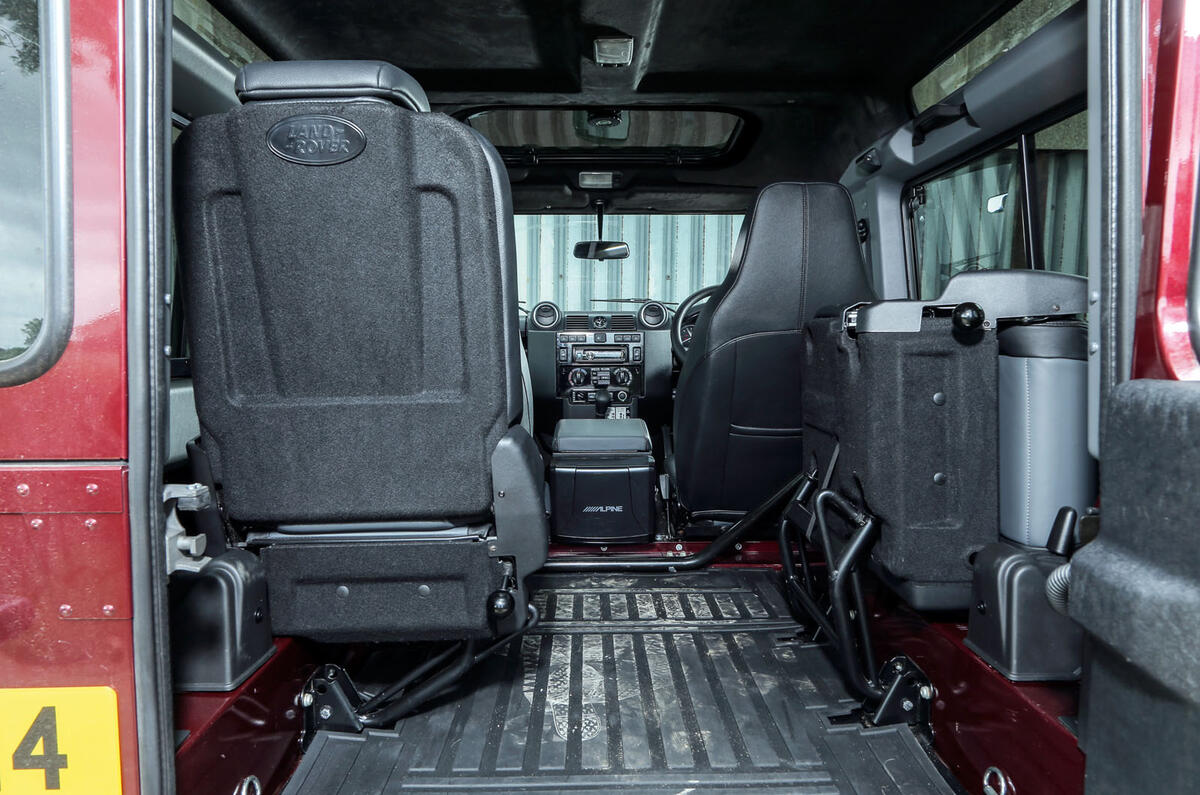
The second consideration is that you can’t see much if you’re a rear-seat passenger. The seats themselves are comfortable enough for kids, but passengers will often find their heads are at bodywork (rather than window) level. I’m not inclined to criticise the Defender for it, though. It wasn’t exactly designed for cross-continental holiday transport.
That drive to Portugal threw up both the Defender’s worst and best fuel economy while it was in our hands. On a typical full tank, driven respectably, you could coax around 27mpg from the 90. I recorded a best of 28.6mpg during one particularly easy day’s cruise. But also, when in a hurry to get to a hotel before midnight and sitting at the French 130km/h limit, things – axles, tyres, transmission – got on the warm side and the engine drained the tank at a pretty frightening 19.1mpg.
In the end, I’ve averaged just over 
25mpg – about which I’m disappointed, because 
I know that a 27mpg average is within easier 
reach if you drive more cautiously. I’ve obviously been late a few times.
I’ve driven it off road, too, of course – always just for laughs, and always I’ve troubled its capabilities not at all. It’s one of many Defender strong points that should also be cherished when it comes to replacing this car. Even as the last Defender rolled down the production line in late January, there weren’t many better cars on sale at towing things.
The Defender is set up so stiffly that it suffers from no wobble, like a car of a similar weight or footprint would when towing heavy pieces of kit. The Land Rover is short and rigid – as much like a tractor unit as its agricultural origins would suggest. It’s narrow, too – barely wider than a Ford Fiesta.
That, its compact length and its square nose and sides mean that it’s an extremely simple car to hook up to a trailer, and its large mirrors and low gearing make it a doddle when you pull away again. A better turning circle wouldn’t go amiss, but without a trailer on, the 90 is simple to park and, given its footprint, feels more airy and spacious inside than it has a right to.
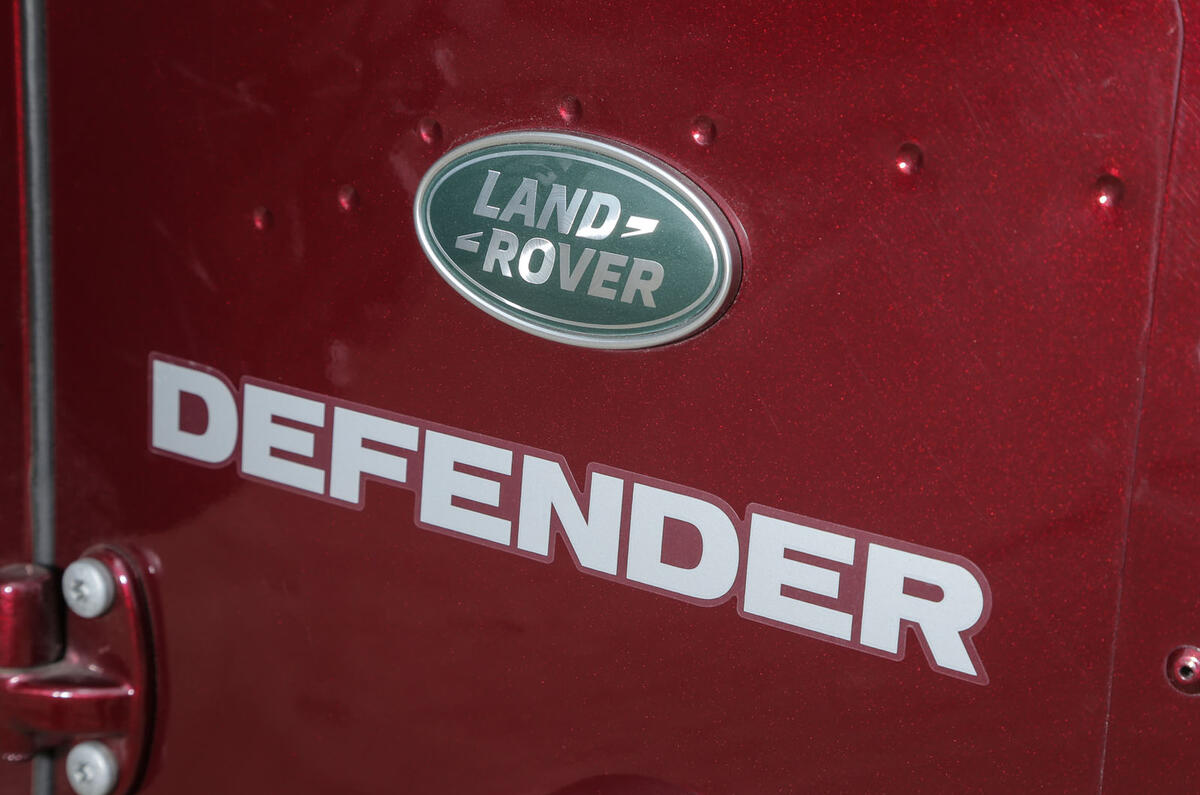
Retaining dimensions that are anything like as compact as those will be difficult for Land Rover when the 2019 replacement comes around. They say the Defender is departing because it’s hard to get it beyond EU6 emissions regulations, but the bigger problem is that it was designed in a time before crash structures were anything like as as advanced as today’s.
Engineering an all-new structure is so complex that it stands to reason Land Rover will want to adapt an existing architecture for the next Defender.
From the nose to the driver’s hip point is the crucial bit, because that contains the powertrain essentials and the crash structure. But although Land Rover’s transverse-engined models are compact –
and would suit the four-cylinder nature of the Defender – they’re unlikely to prove rugged enough. Meanwhile, the bigger platforms are, 
well, precisely that: quite big.
The final thing that Land Rover will need to retain is the Defender’s sense of, for want of a 
better word, honesty.
I know its engineers have tried a Jeep Wrangler and feel similarly about that: it’s not a great car, but there’s a sense of fun and openness about it. It is what it is. There’s a purity behind it.
For all the Defender’s faults – and I’m not blind enough to think that it doesn’t have them – the Defender retained that purity to the last, a bit like early Minis and Fiat 500s, I suppose, or Caterhams, Lotus Elises and Porsche 911s. Cars built with a purpose in mind. Perhaps it’s no coincidence that owners of those tend to raise a palm to each other when they pass, too. If the next Defender can inspire that kind of emotion and loyalty, that’ll be a job done.
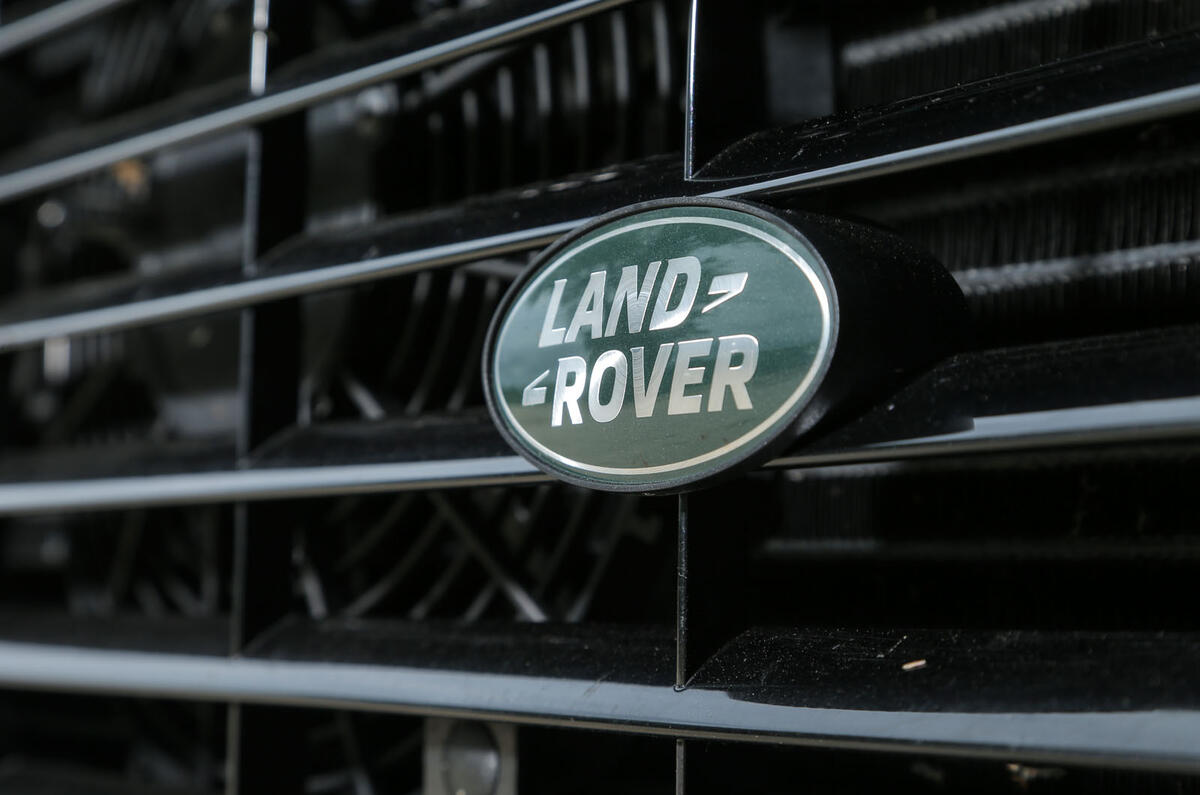
Even Africa seems to be saying goodbye to the Defender, by Rory White
There are various schools of thinking when 
it comes to the Defender. Like most people, I have a childhood Defender story: my best 
mate’s dad ran the local pig farm and we spent quite a bit of time charging up and down Dorset lanes in one. His was a dark green double-cab 110 with canvas cover, and as far as I was concerned at the age of 14, it was pretty much the coolest thing on the road.
Of course, as soon as I learnt to drive and had my first chance behind the wheel, some of that love fell away. My left leg was used to a Renault Clio’s comparatively silken clutch, so the lactic acid soon took hold. Also, my back hurt, and I quickly realised why my mate’s dad had driven everywhere with the window open.

And that’s pretty much where my opinion on the Defender has remained every since. It’s a very important part of our history and looks just as comfortable parked on the most expensive streets of London as it does covered in filth outside the Dog and Duck. It’s hugely flawed, but I understand why you would.
However, on a recent trip to Tanzania’s Ngorongoro and Serengeti national parks, I was surprised by just how few Defenders are the weapon of choice.By chance, our self-drive safari vehicle convoy was made up of a nearly new 110 Station Wagon and a couple of similarly shiny Toyota Land Cruisers — not the soft, leathery sort, but more the ultra-hardcore 79-series jobs that are favoured by terrorists.
We drove more than 750 miles across the parks, slept on top of them, cooked out of them and generally relied solely upon them for a week, which made for quite a nice comparison. But which I’d have hardly matters. What was far more prominent was that the African safari guides had made their decision: the Toyota was by far the more popular choice of company car.

Okay, so our Defender got stuck three times, each time being towed out by the Toyota. It also sheared its shock at the chassis mount and popped a spring from the housing against its 
tyre as we hobbled back to a main road, whereas the Toyotas didn’t miss a beat. That wasn’t a reliable indication of ability, though, because our Land Cruisers had been lifted higher and fitted with tougher shocks.
Even so, there’s no doubt that the Toyotas were more comfortable from an ergonomic point of view, and the abundance of them is simply down to how much cheaper they are for Africans to buy and keep on the road.
It was an eye-opener; I’d gone to Tanzania expecting the Defender to be king but, in reality, times have moved on. Which, I guess, is exactly why we’re saying goodbye.


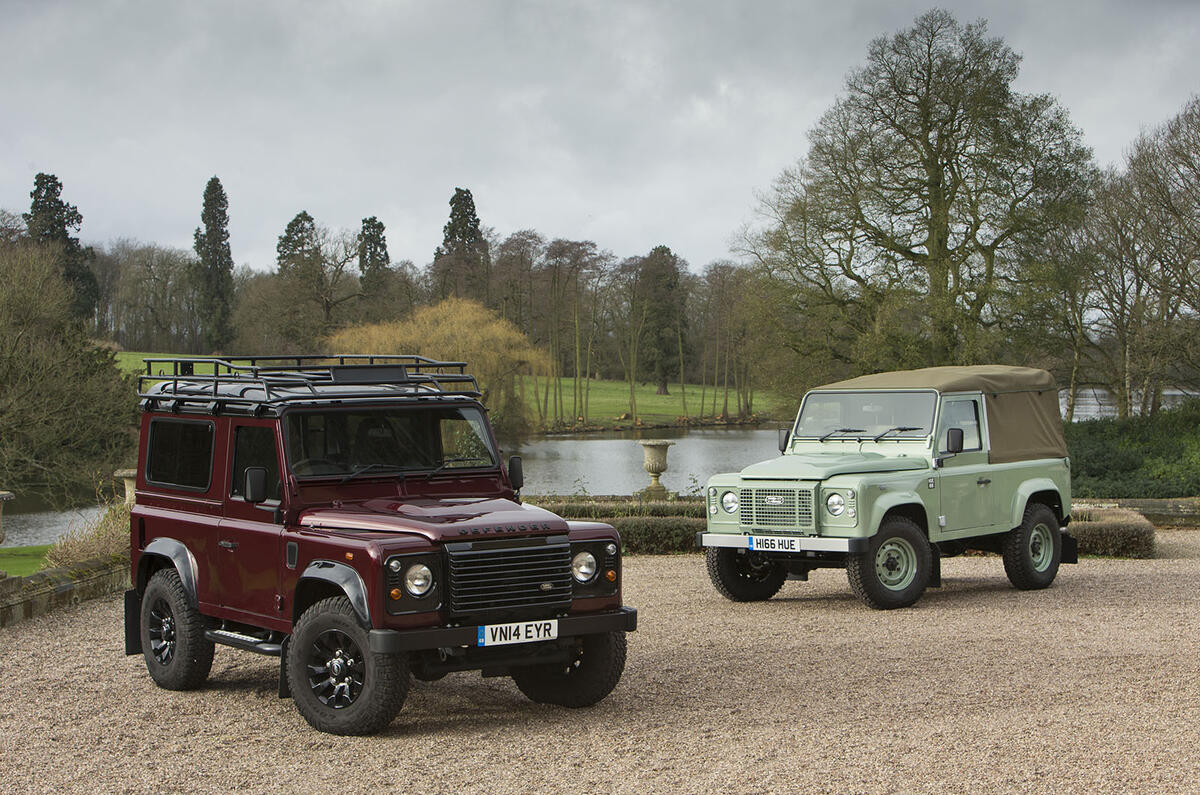

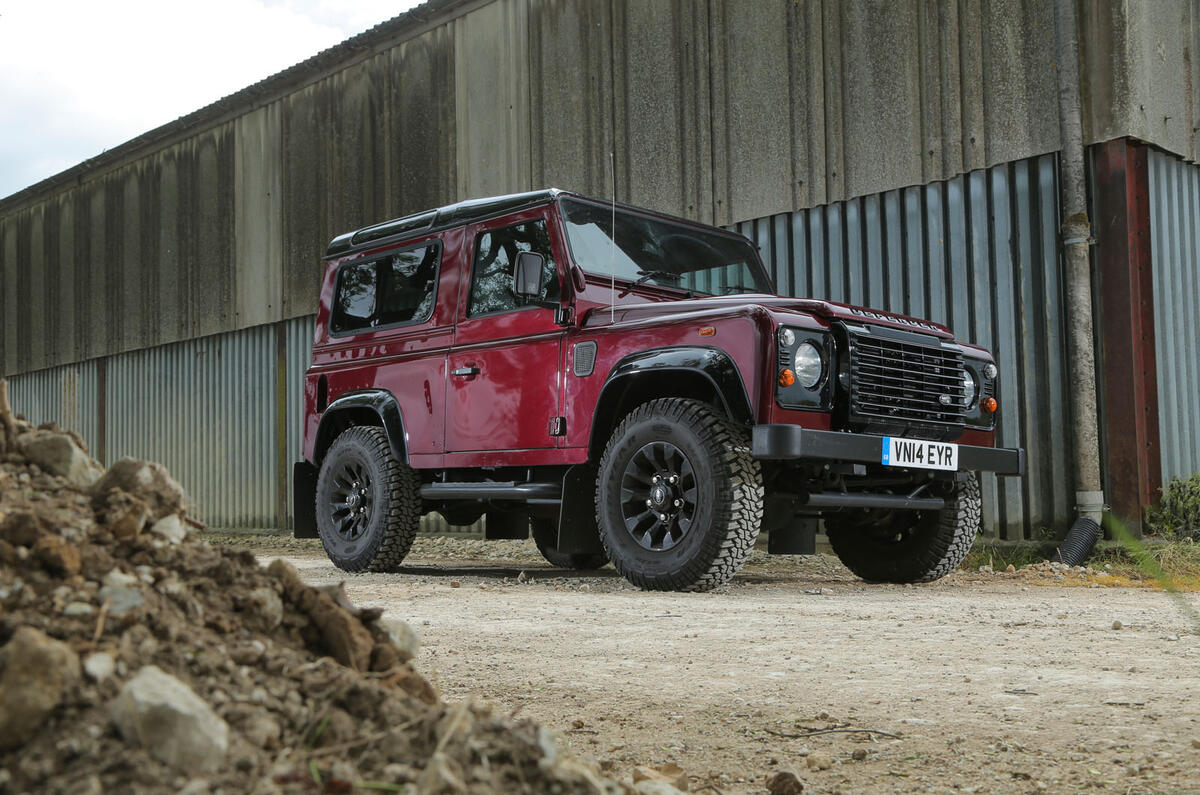
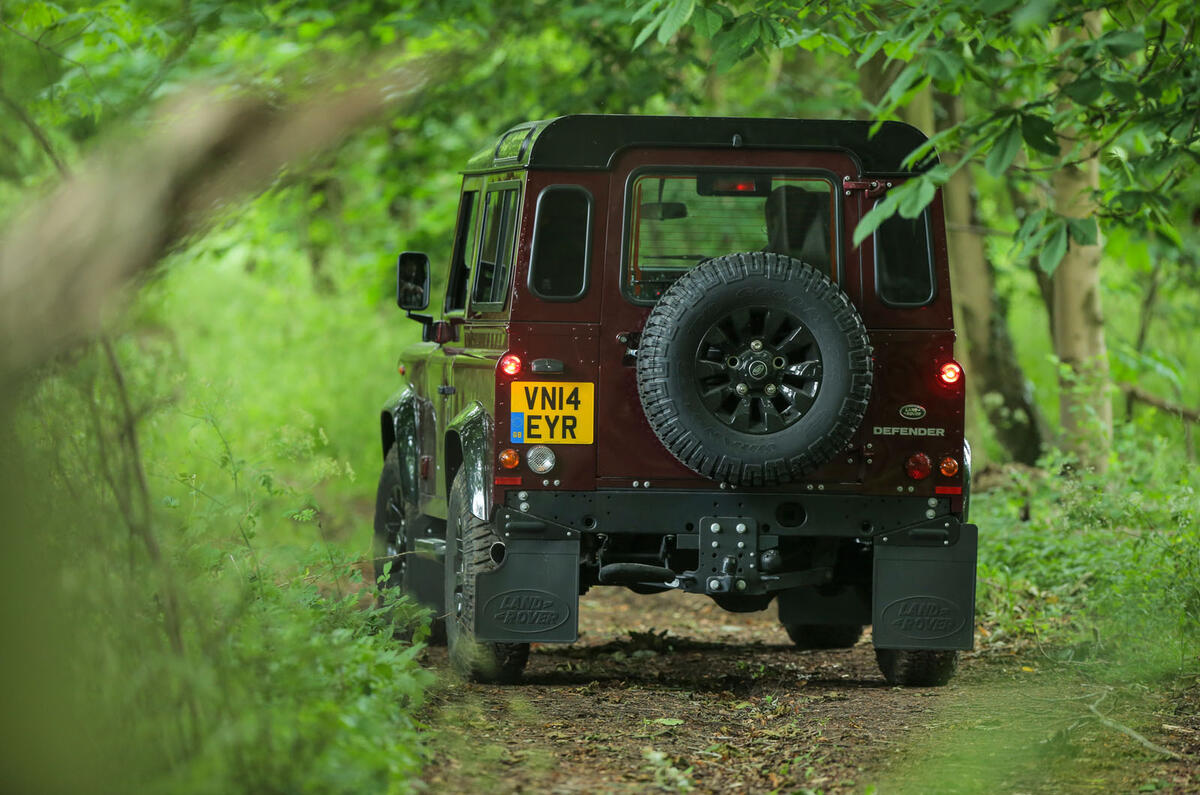

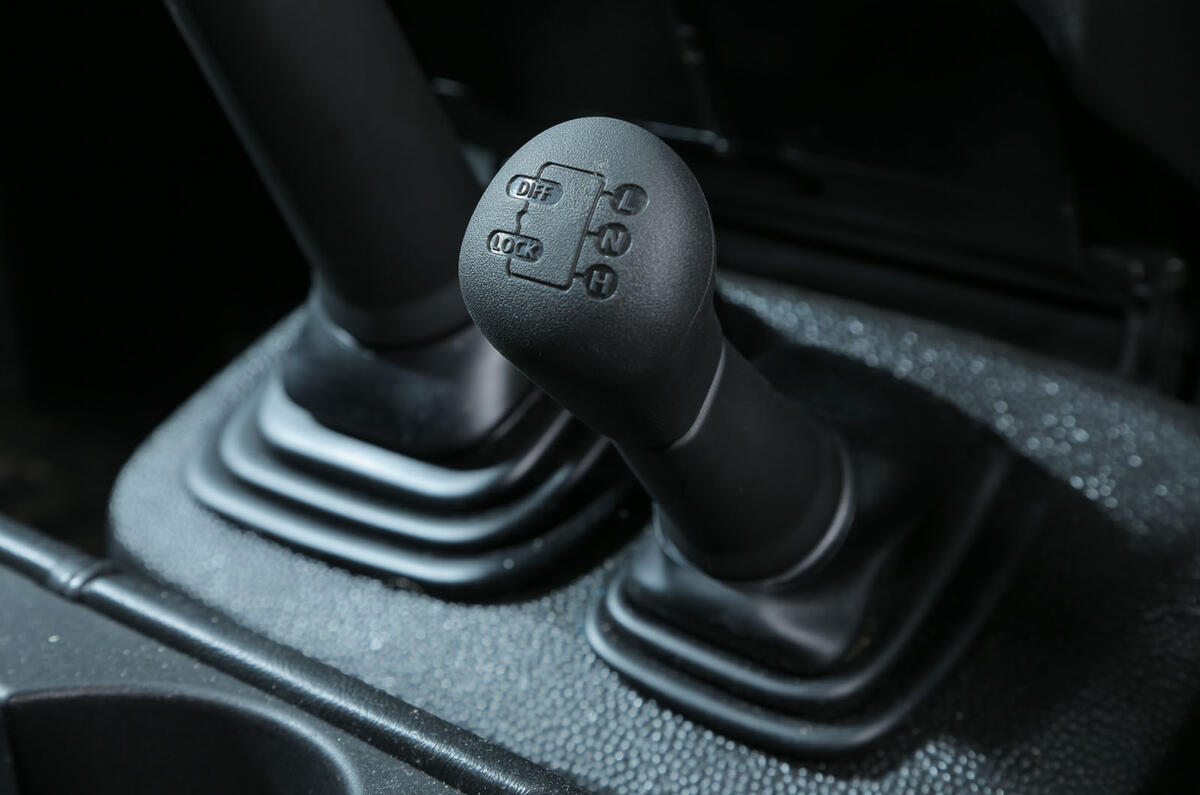
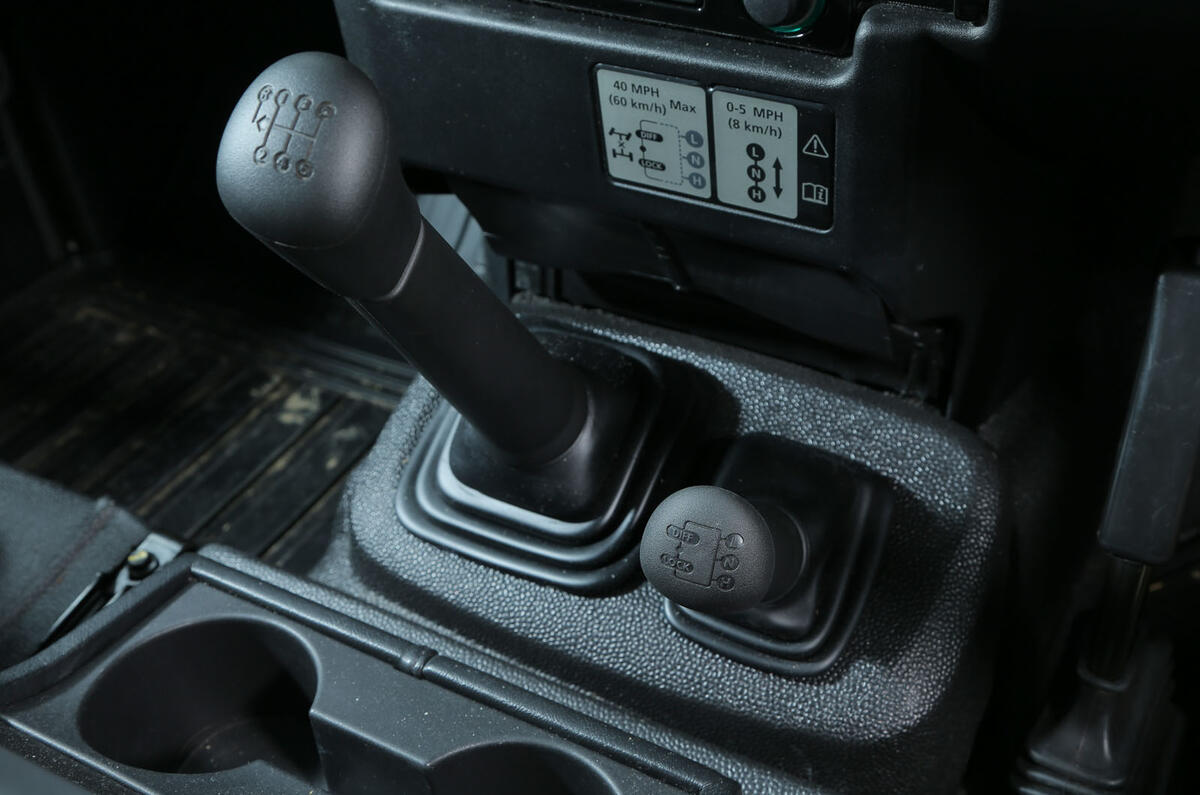
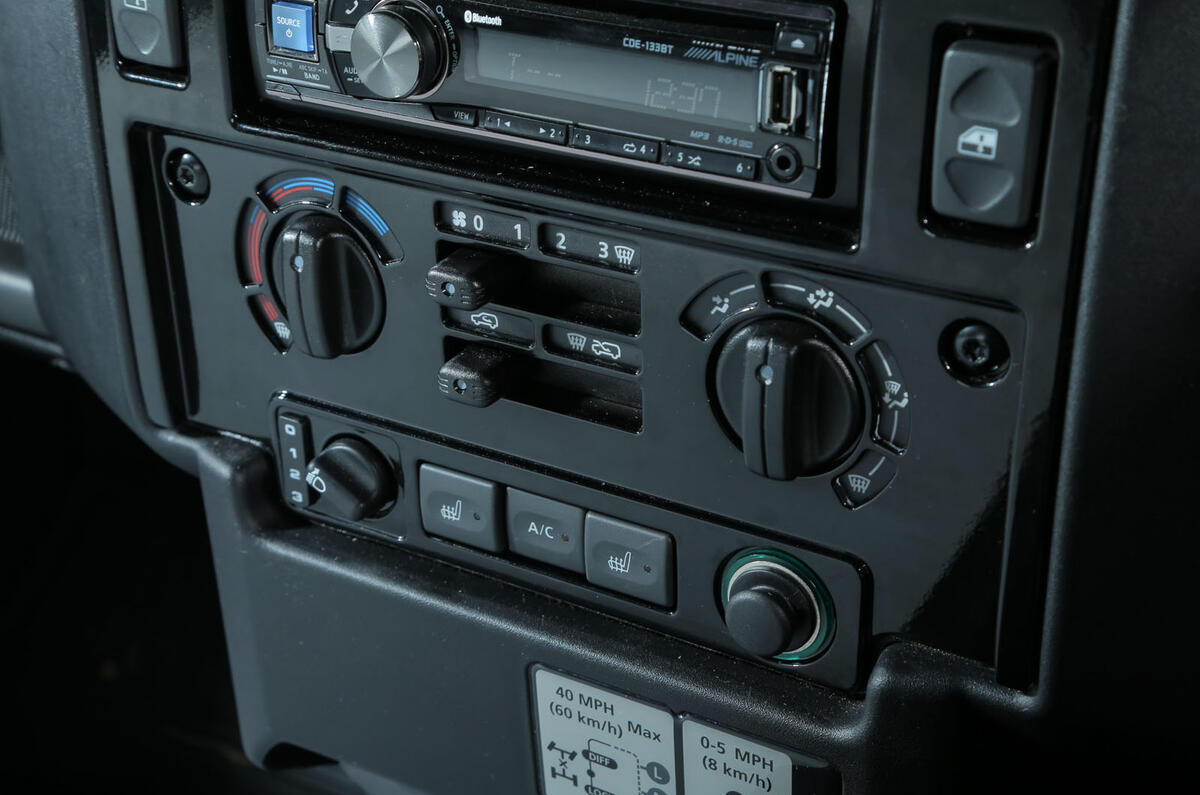
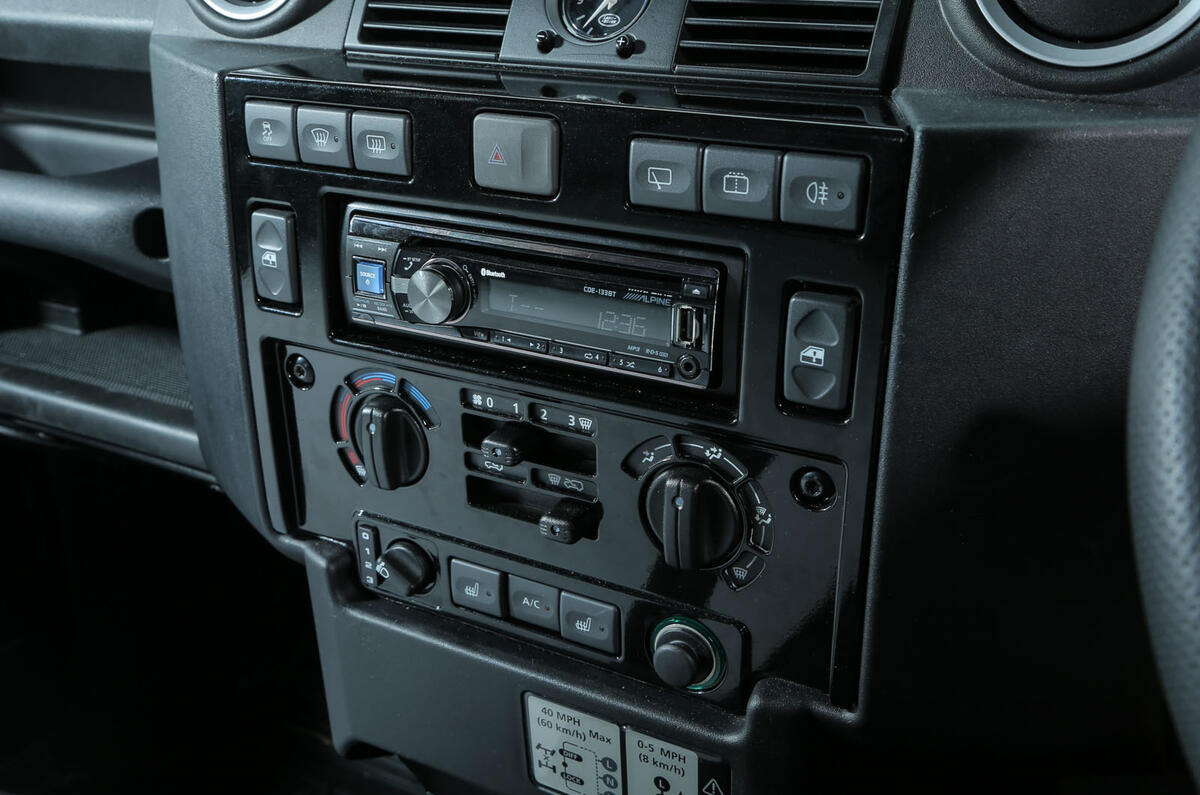
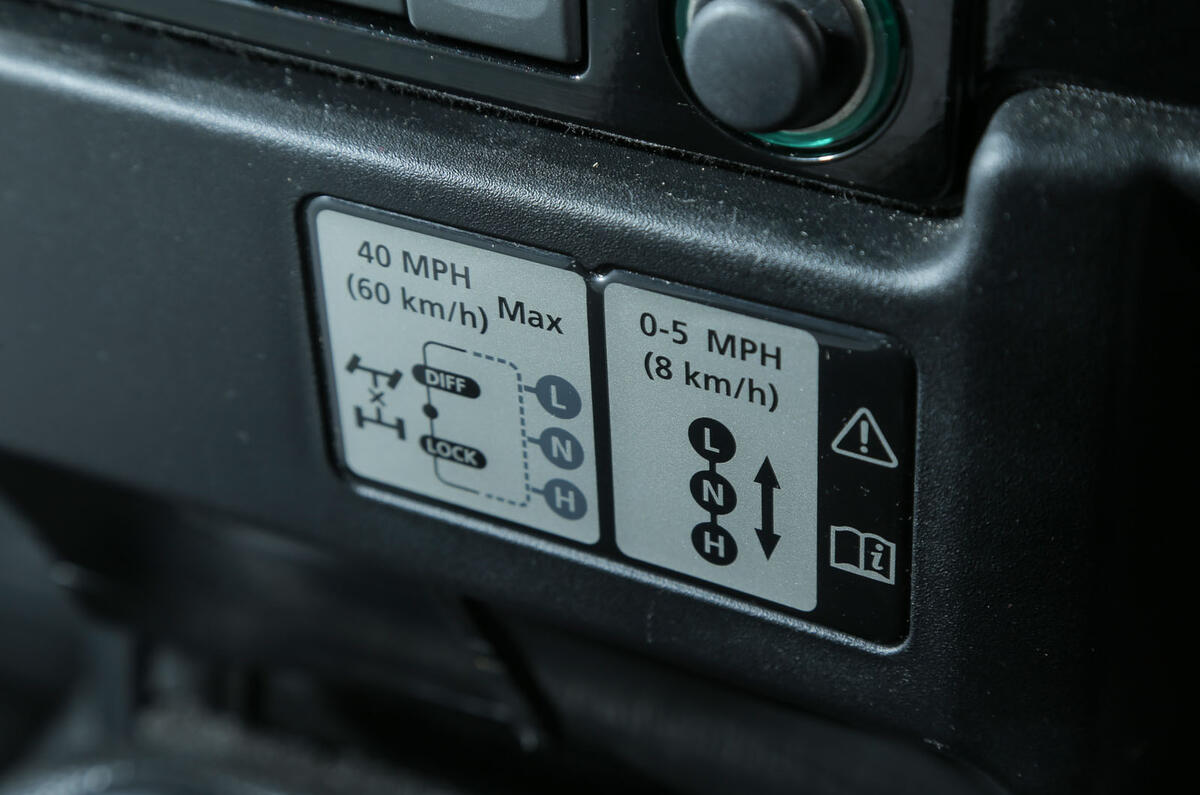
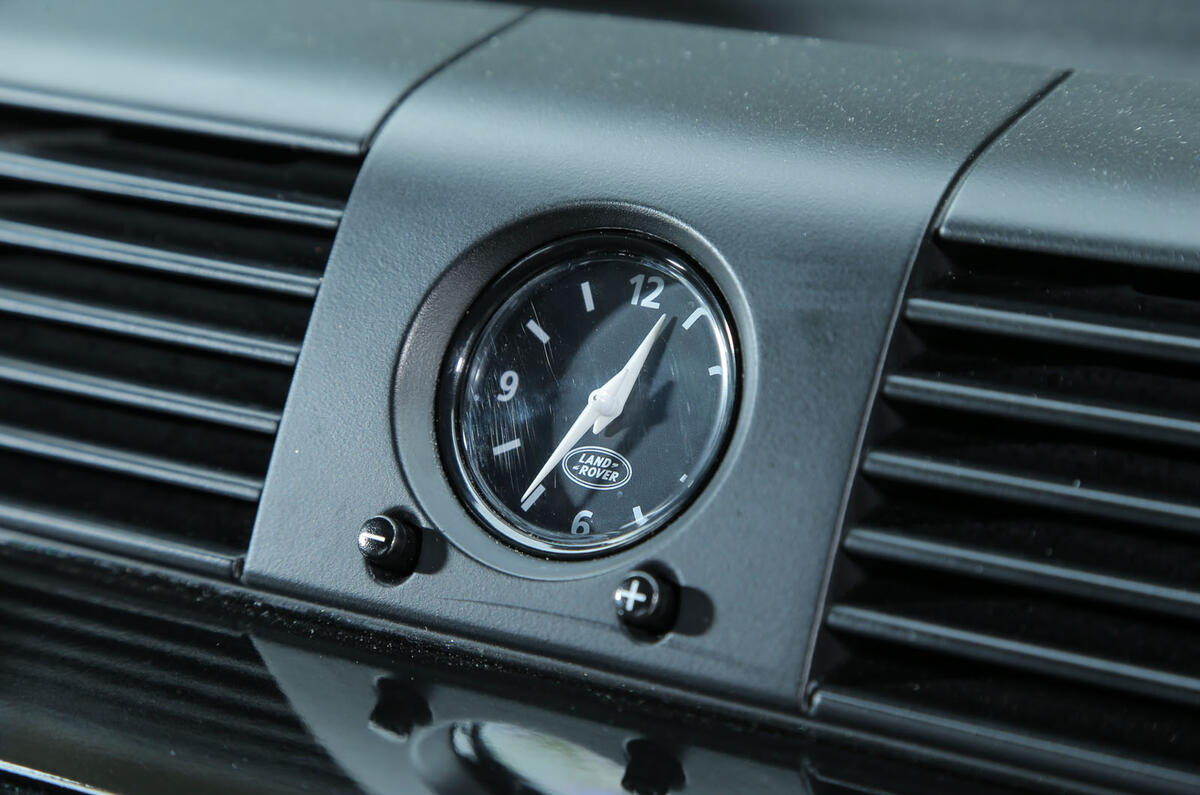

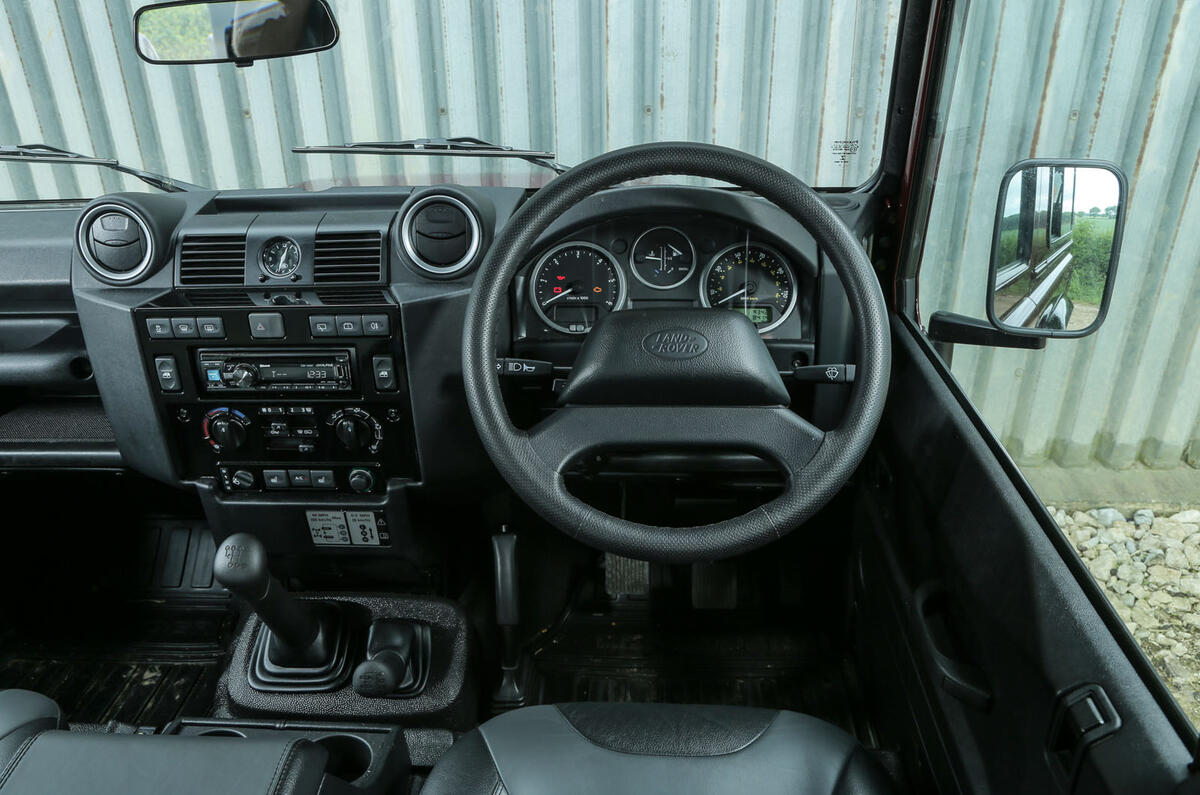
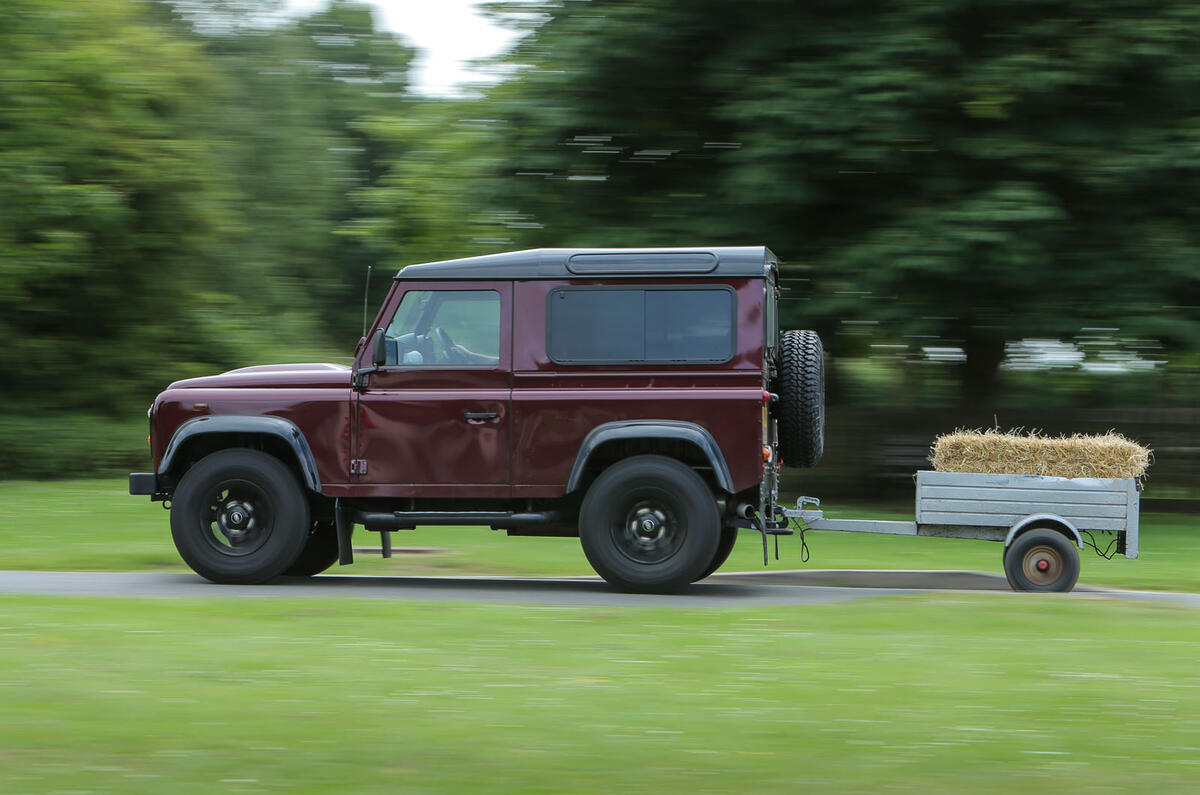

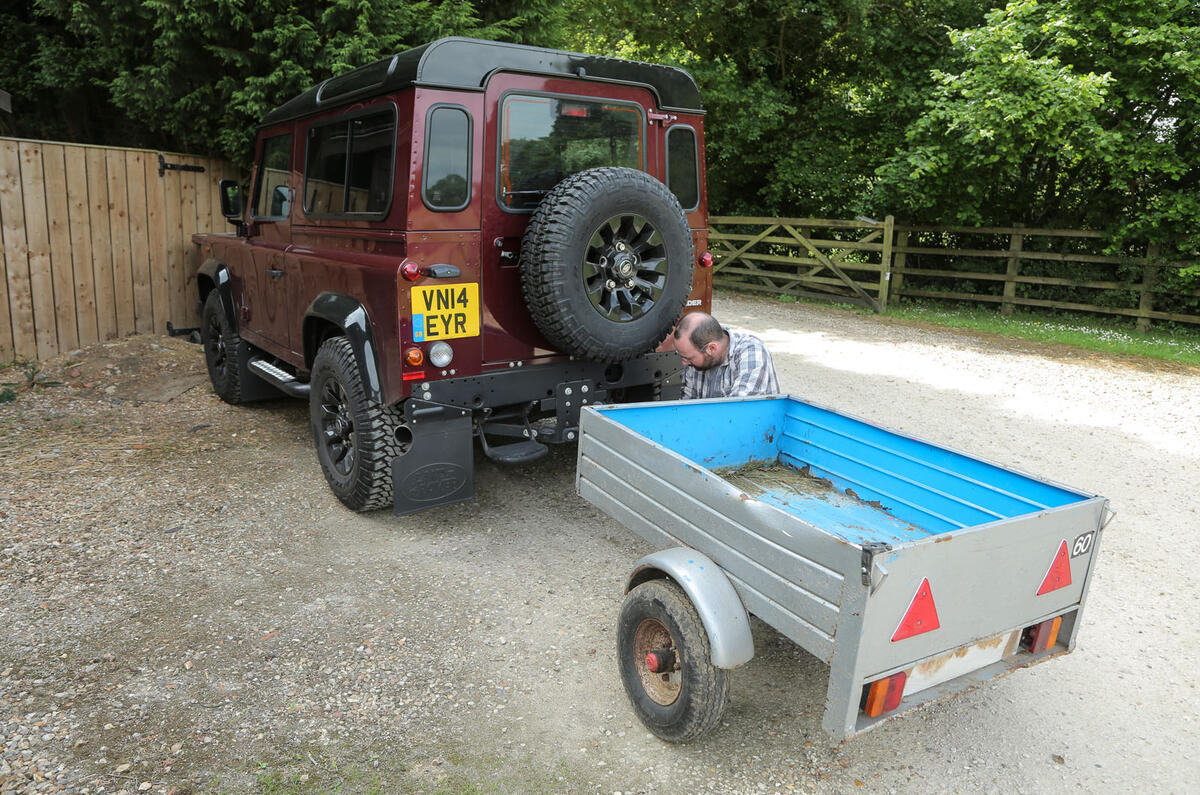


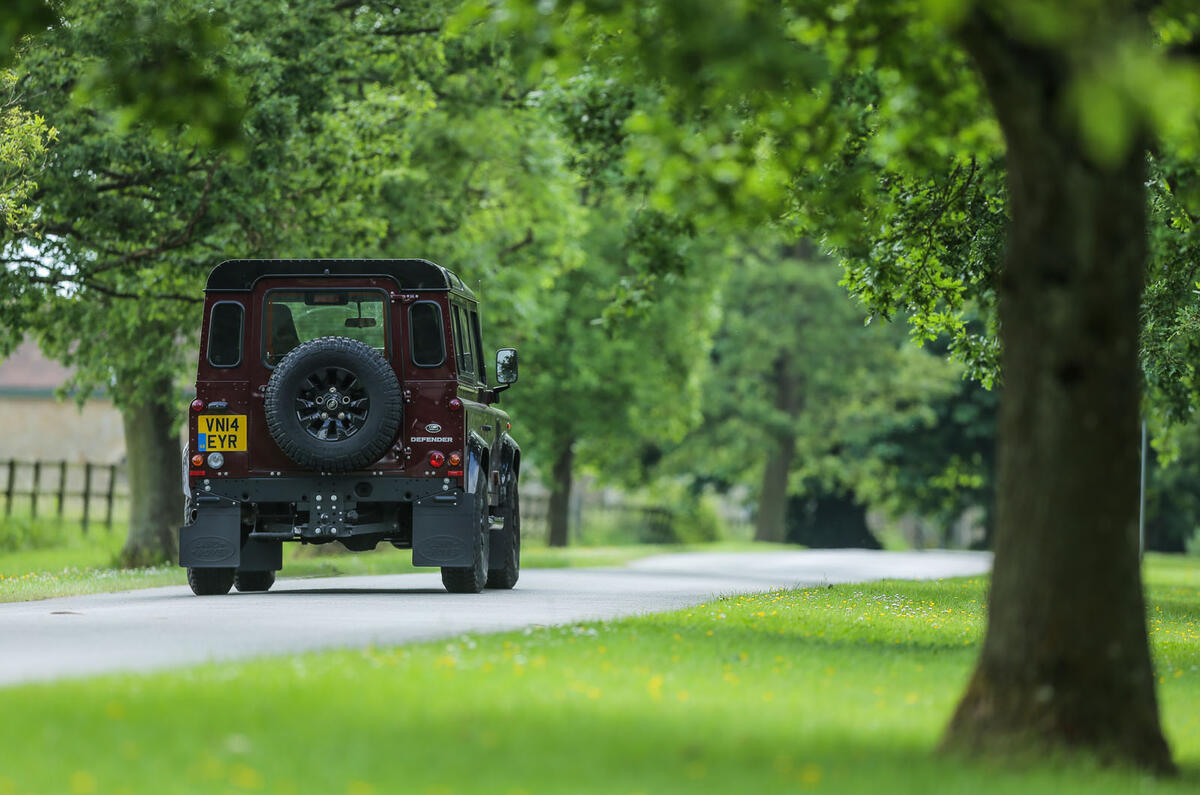
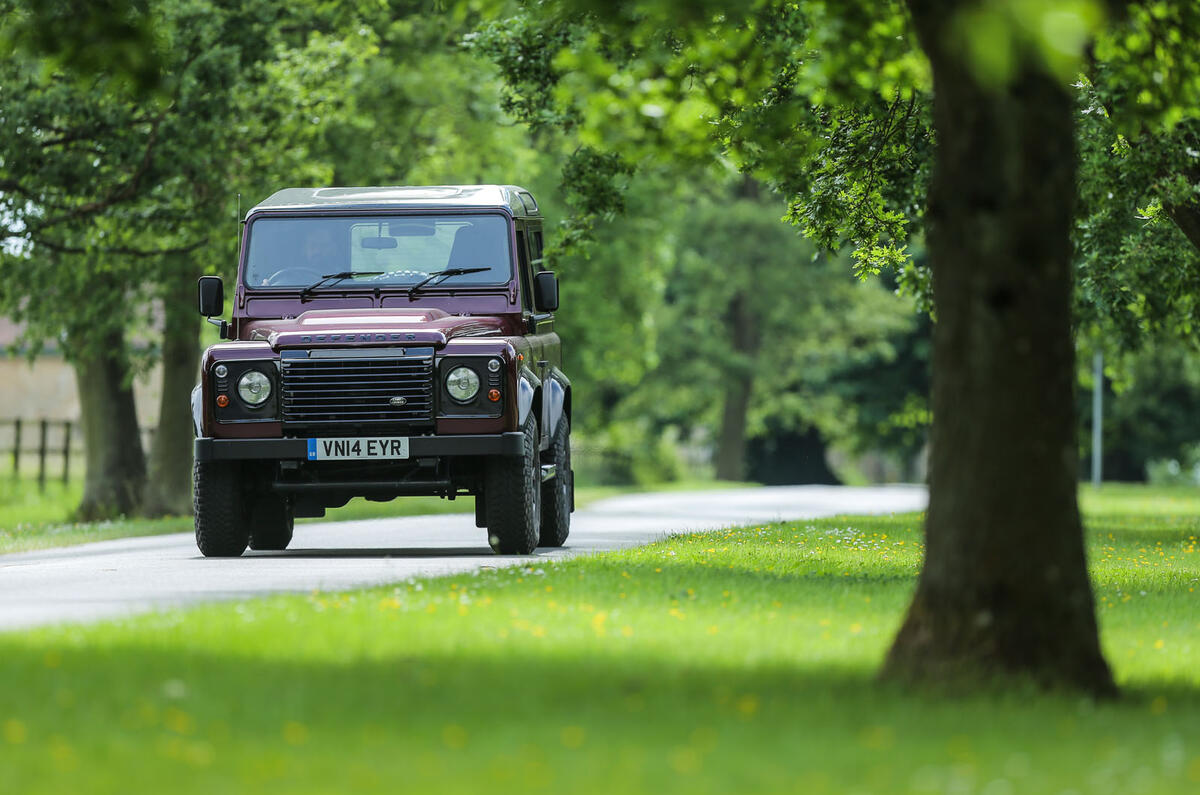


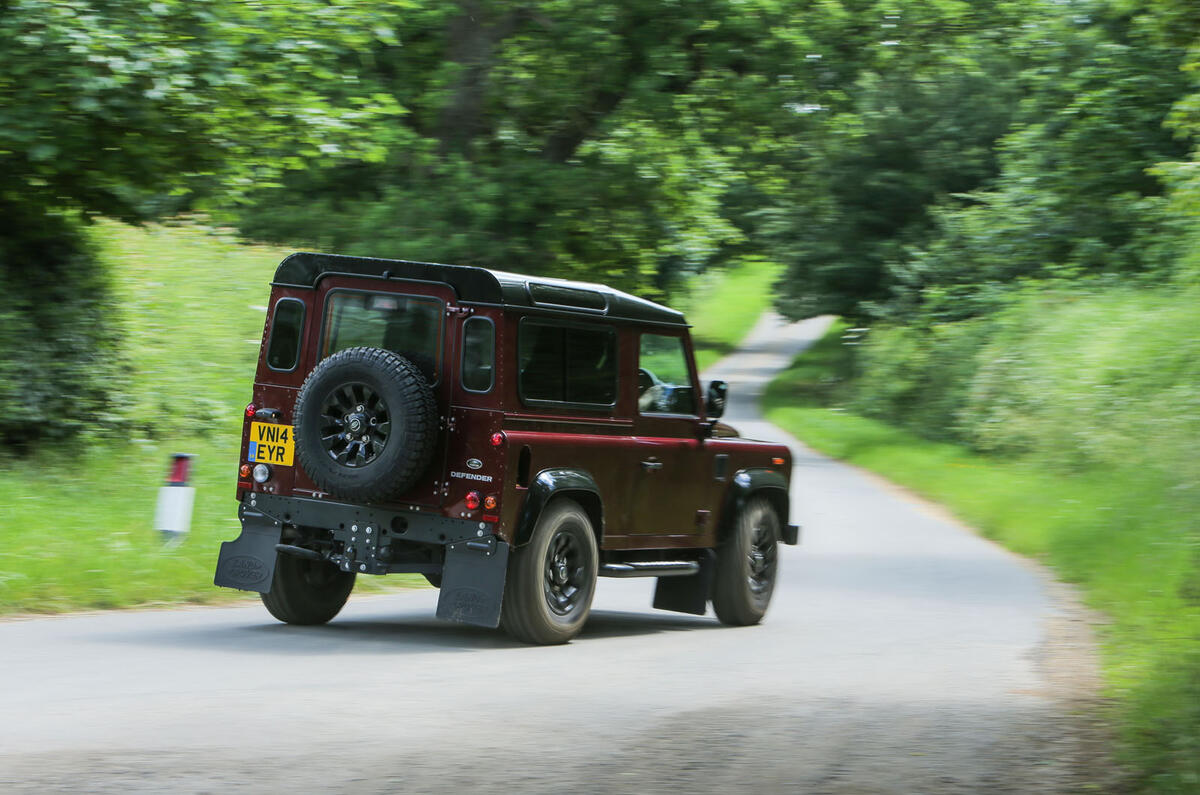

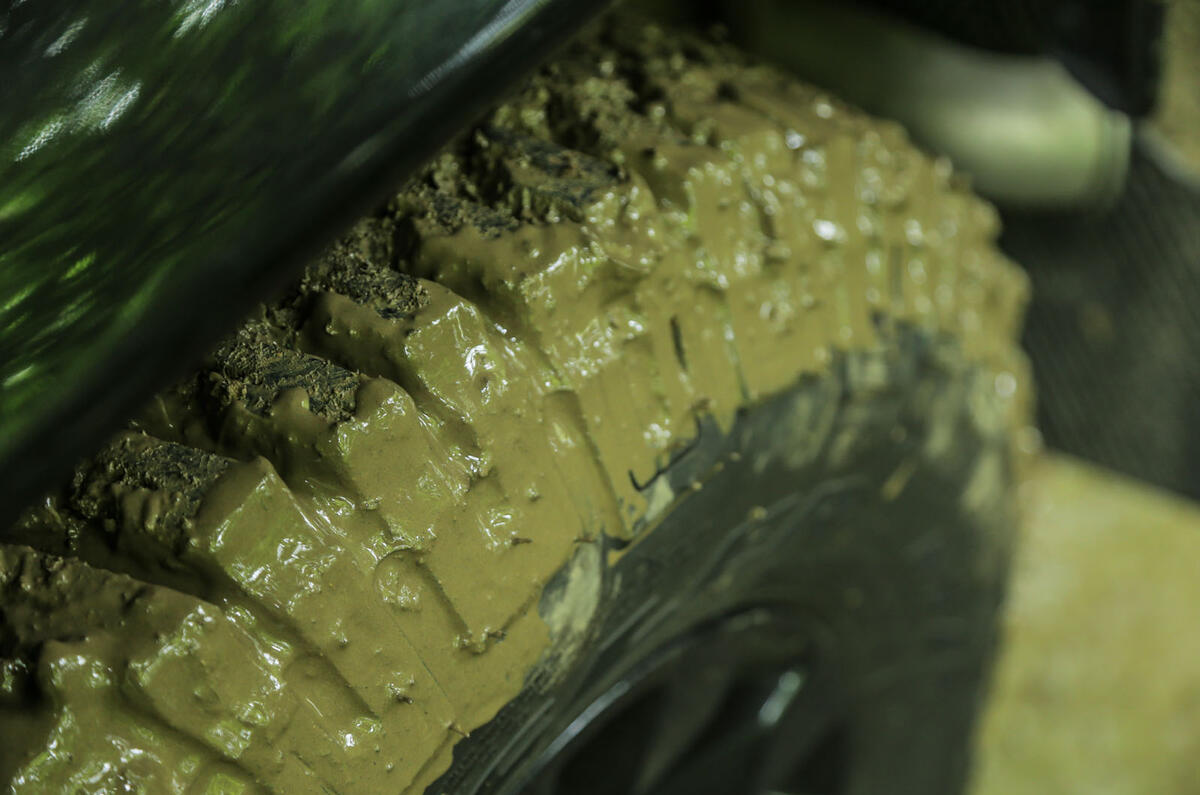

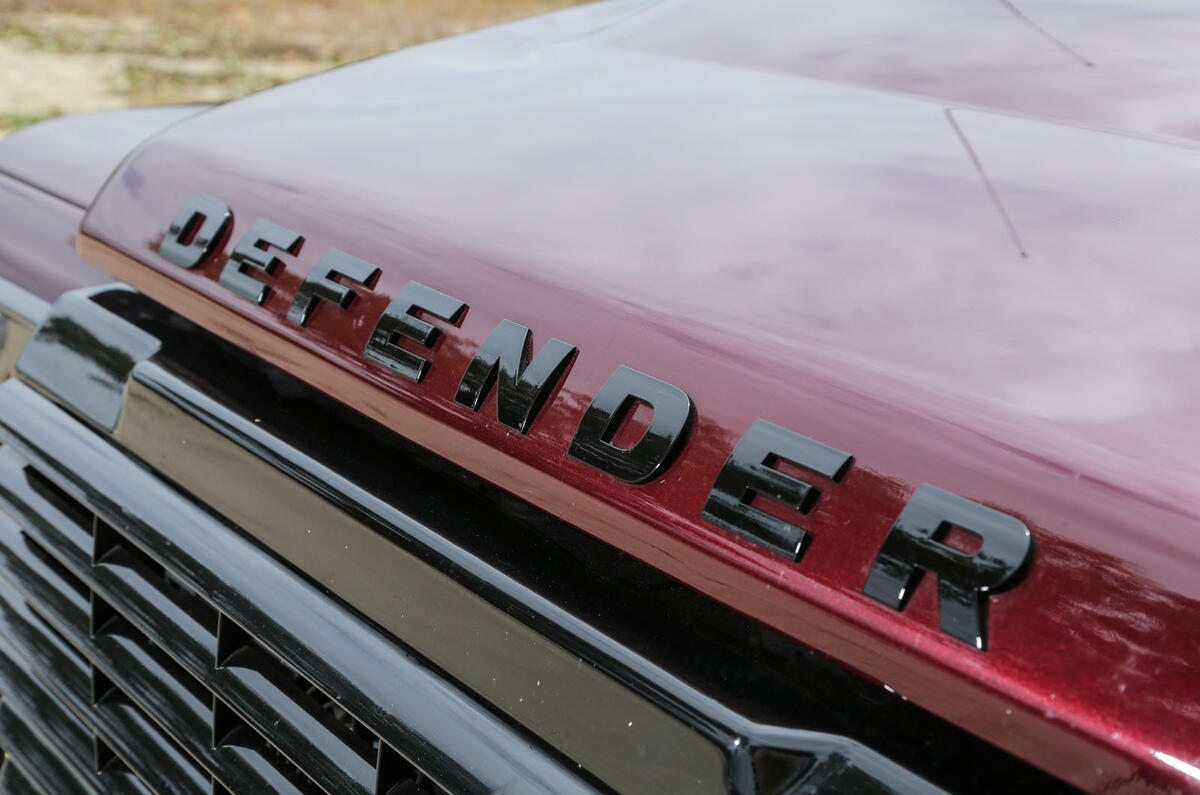
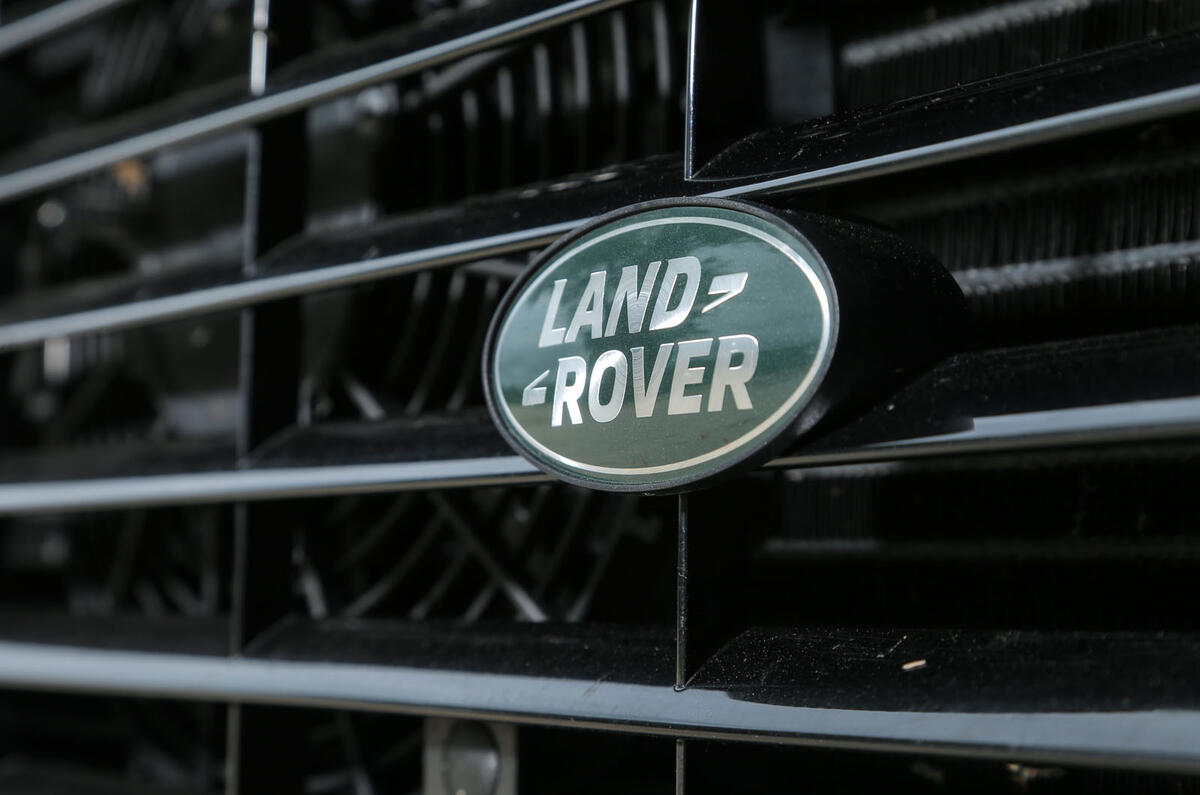
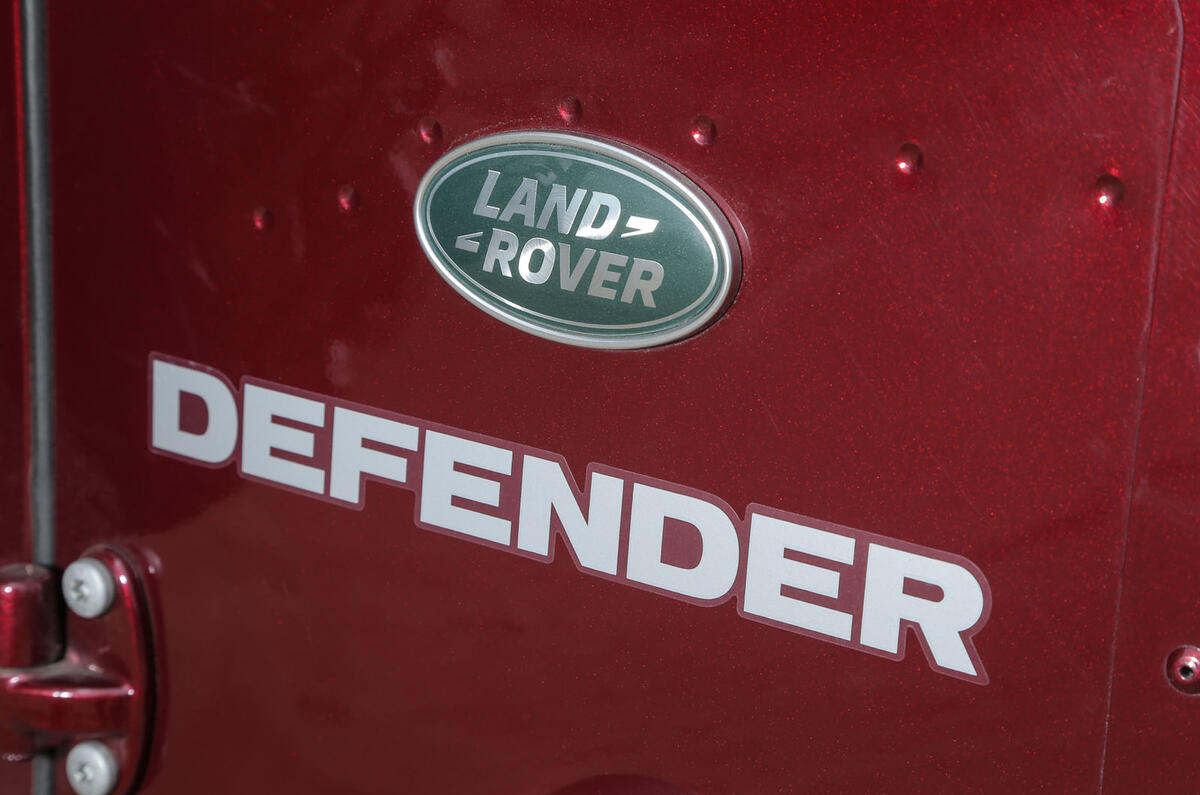
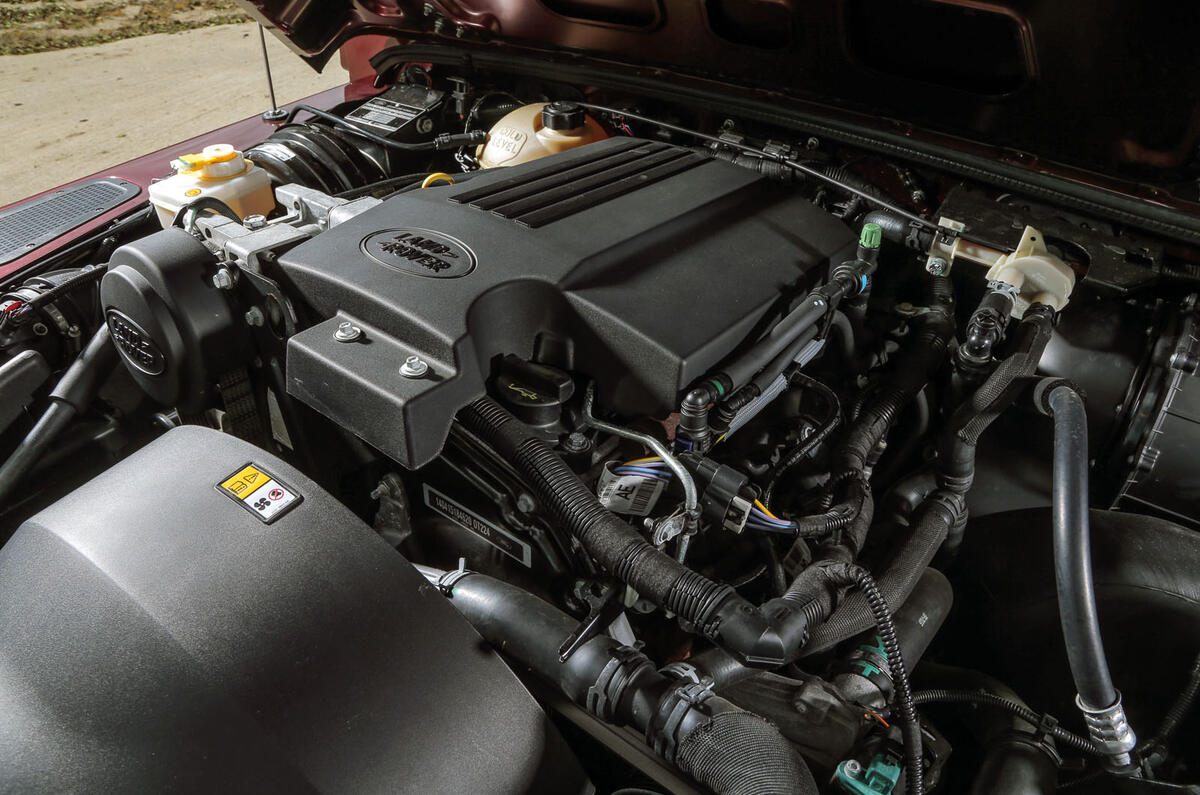

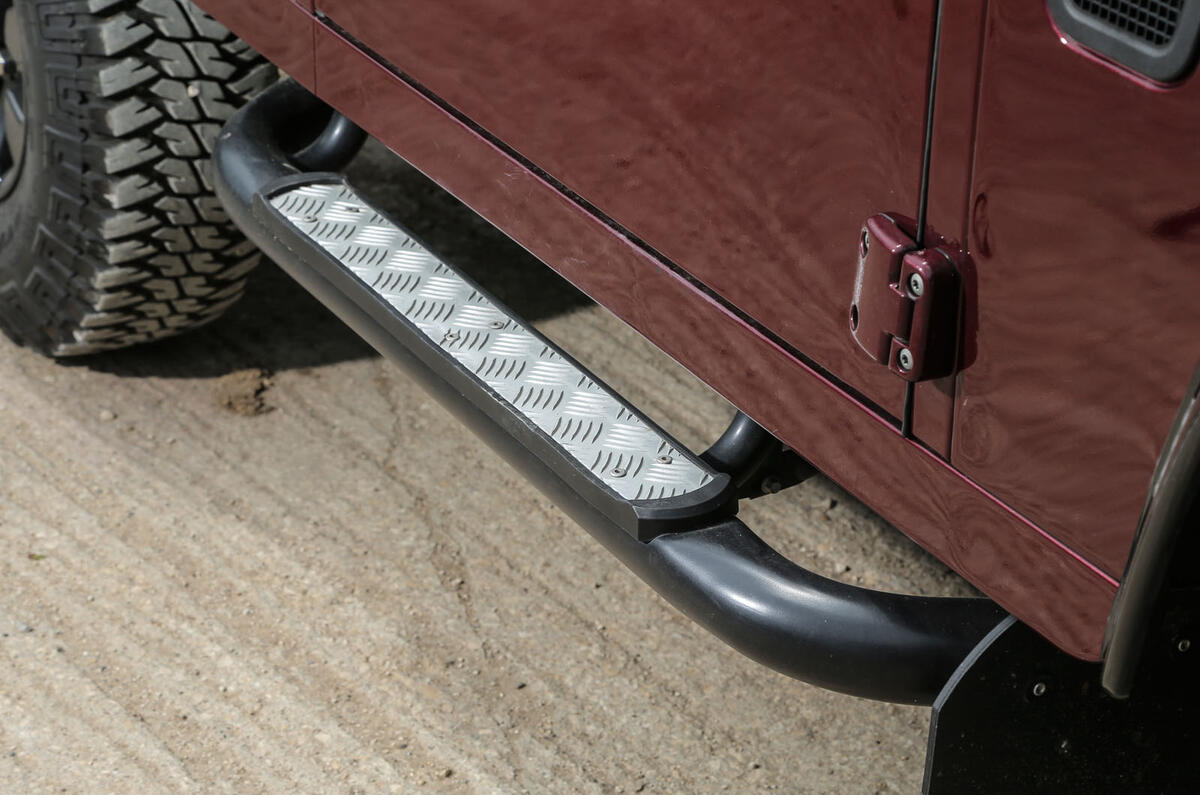
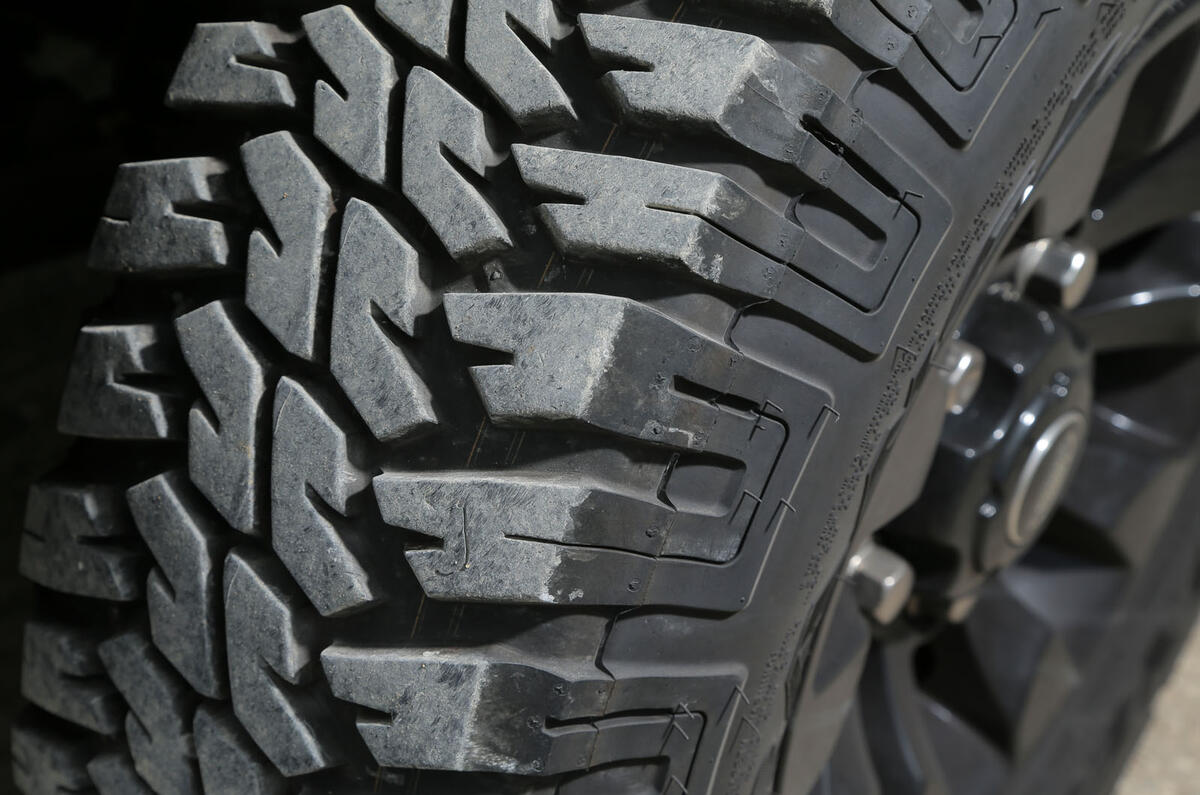
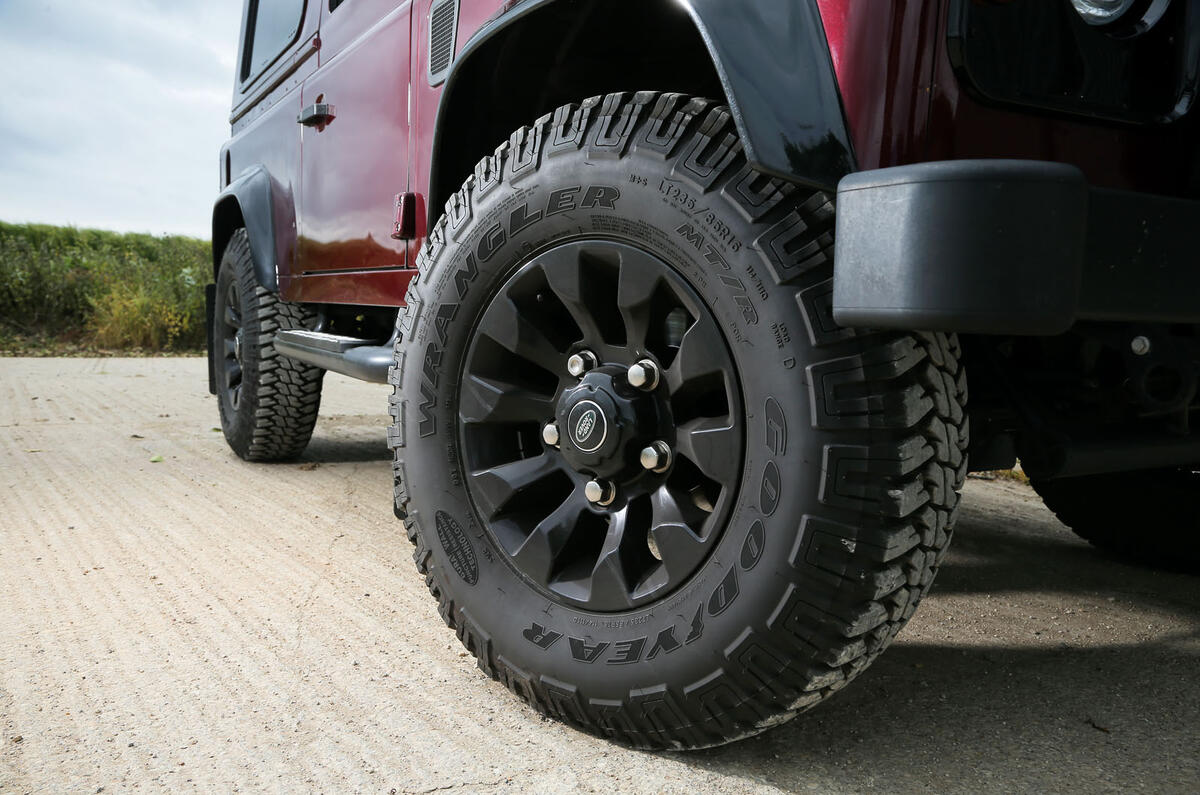
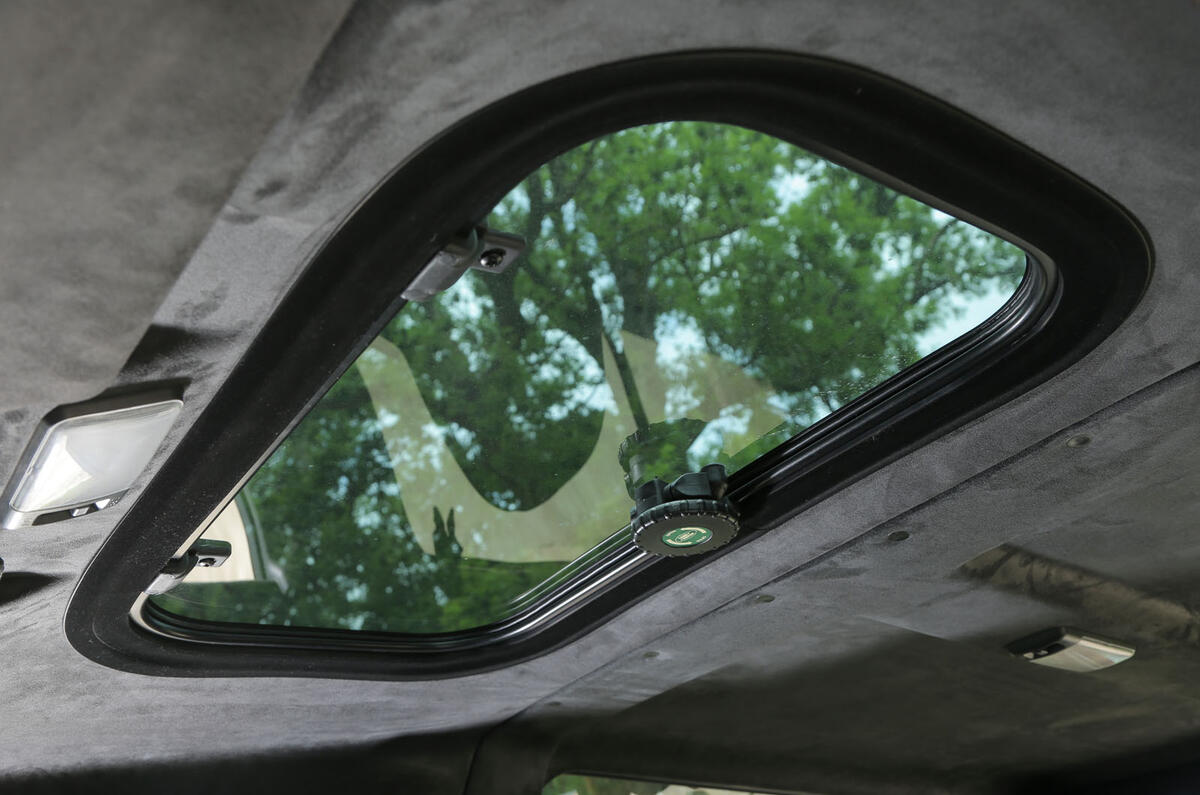
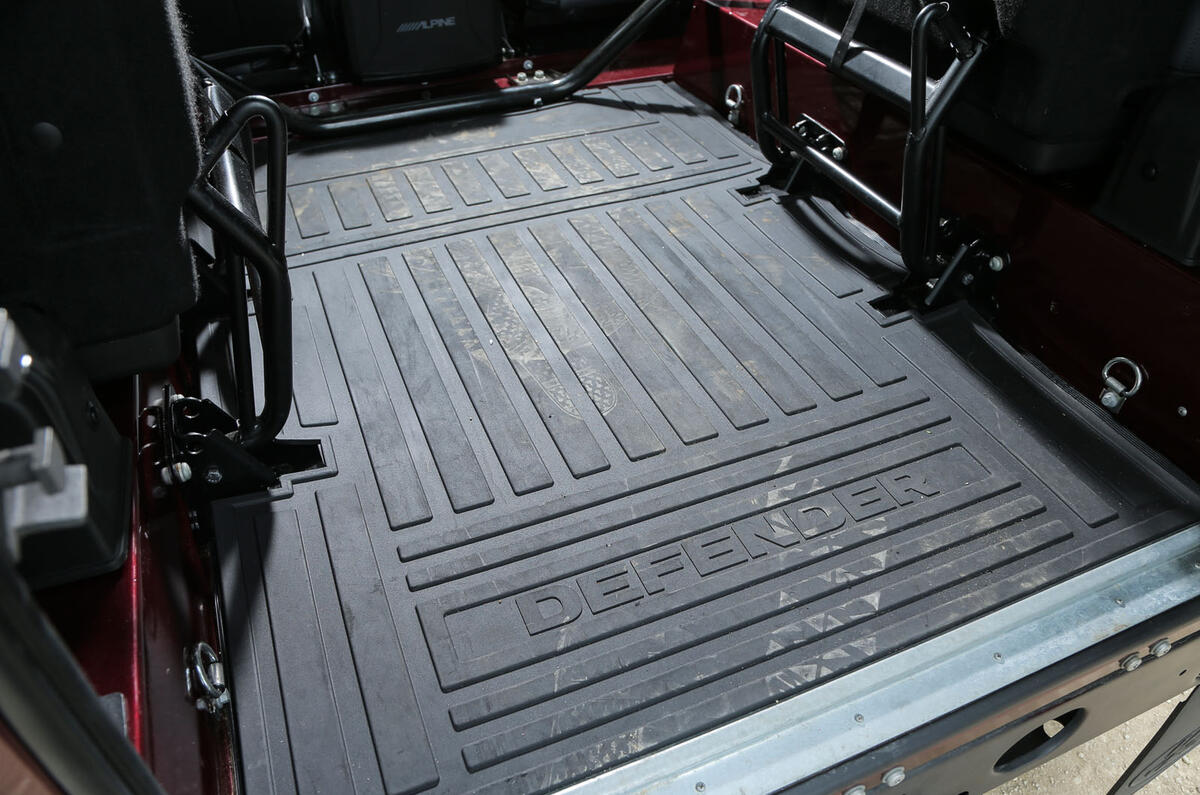
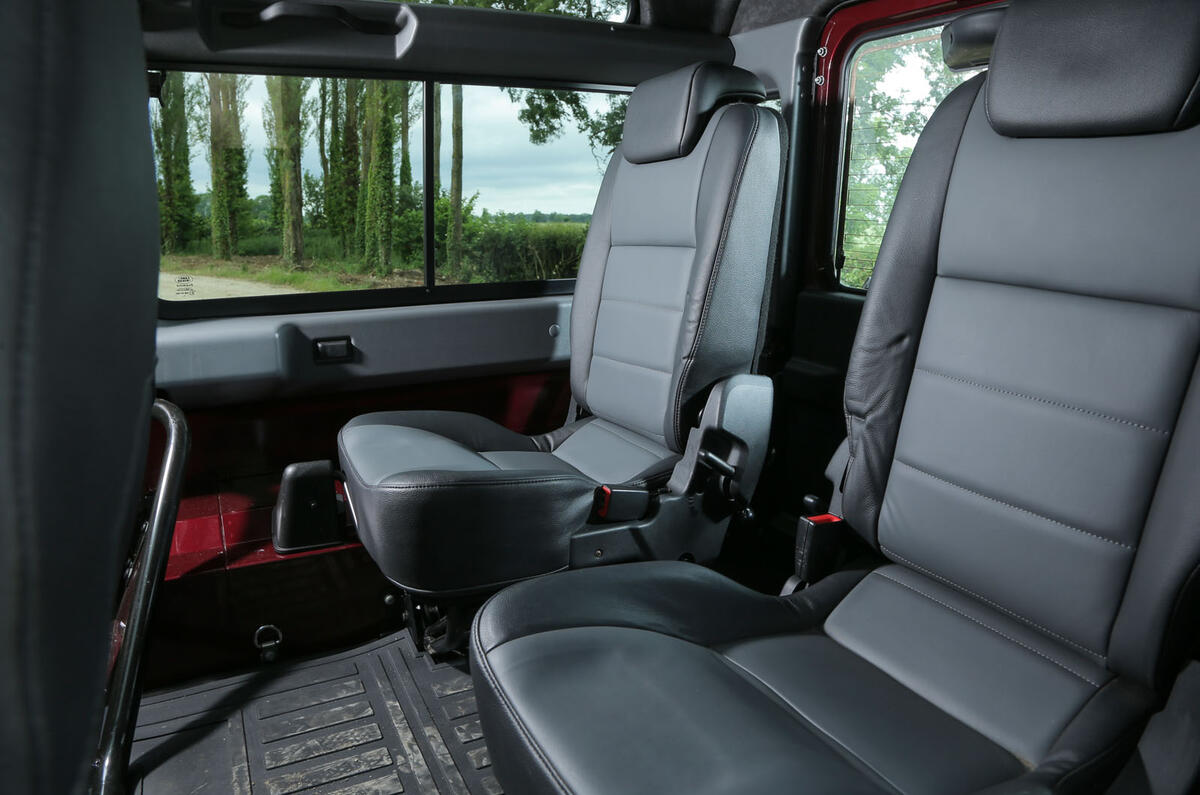
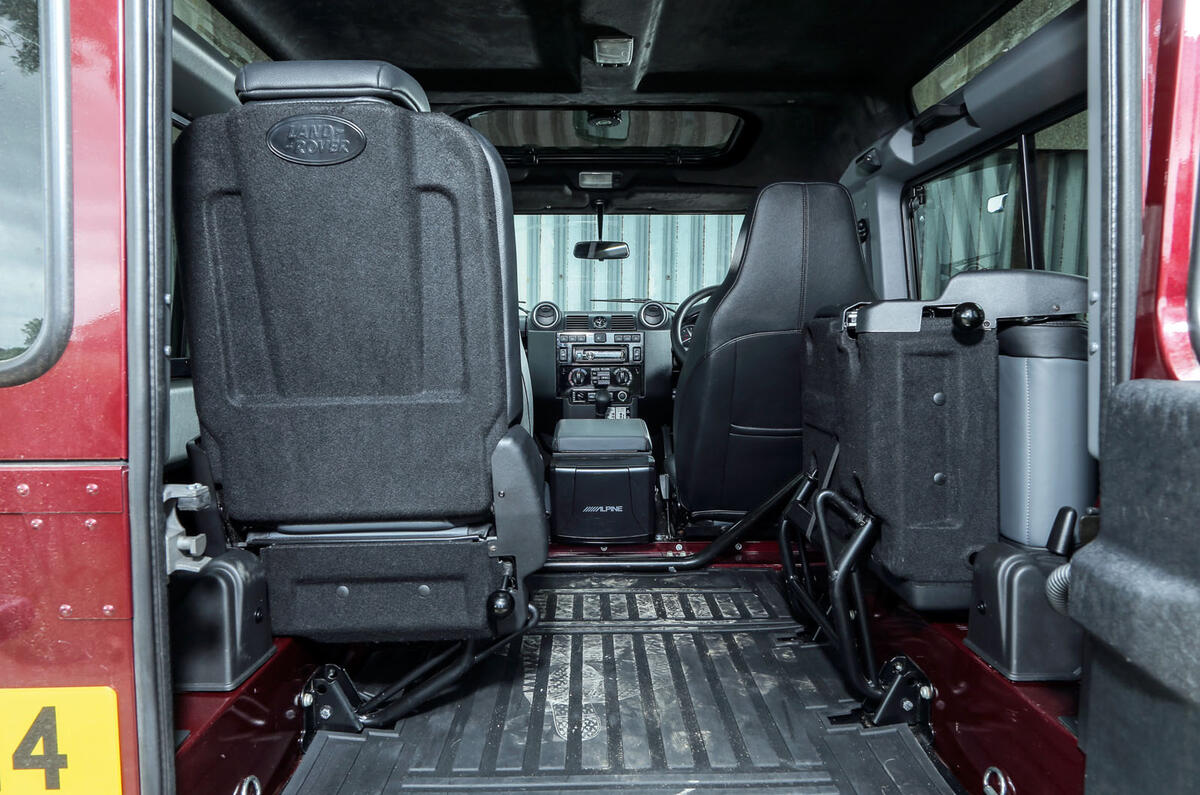
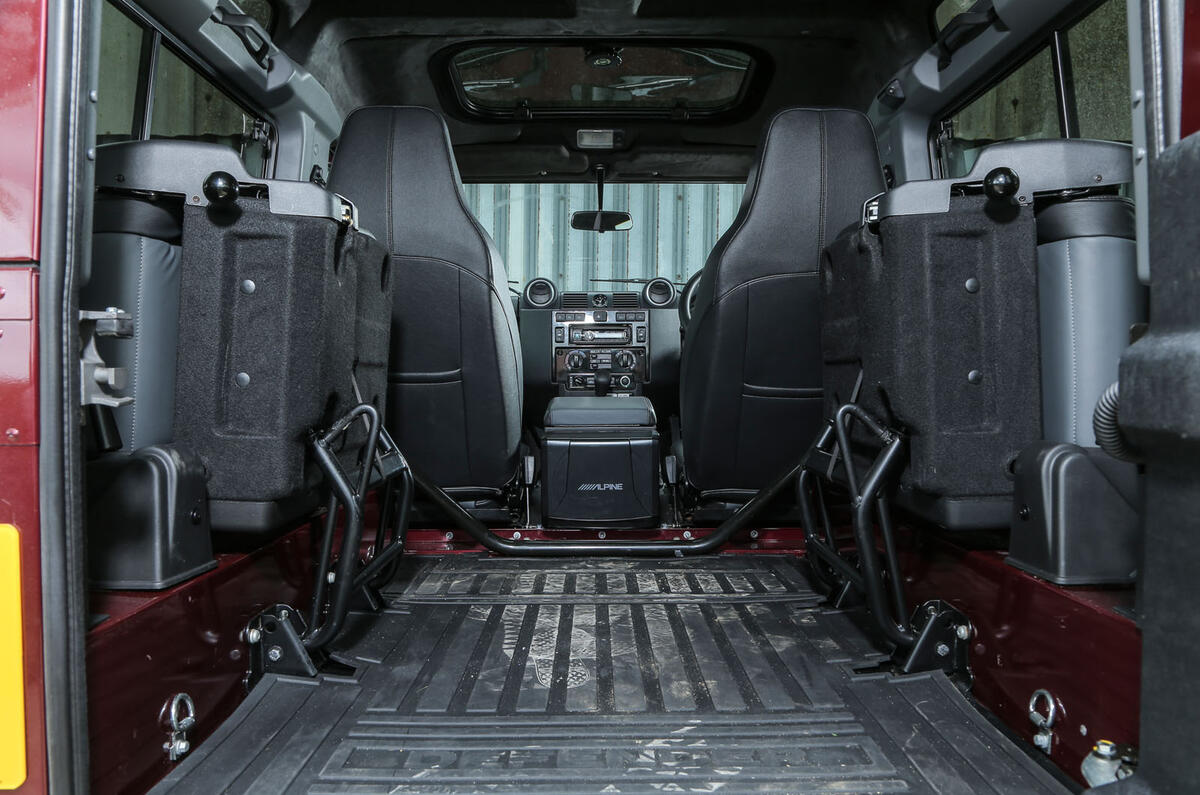
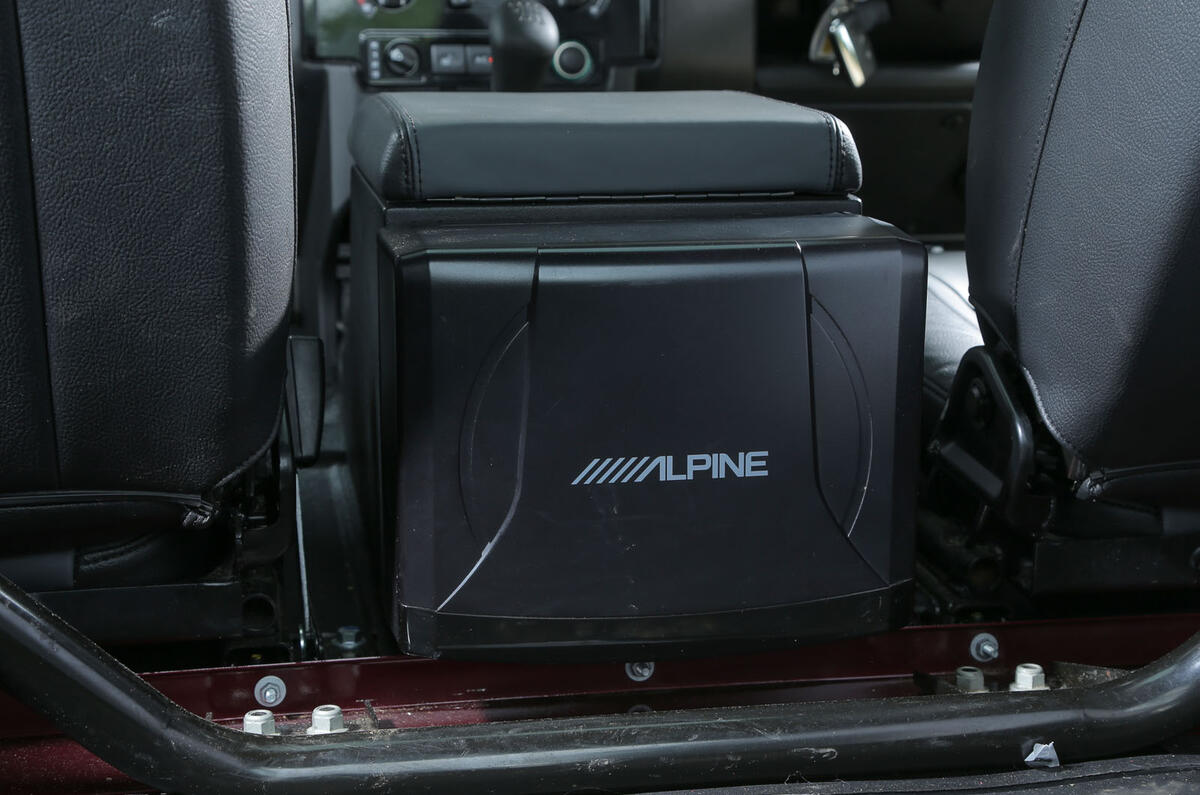
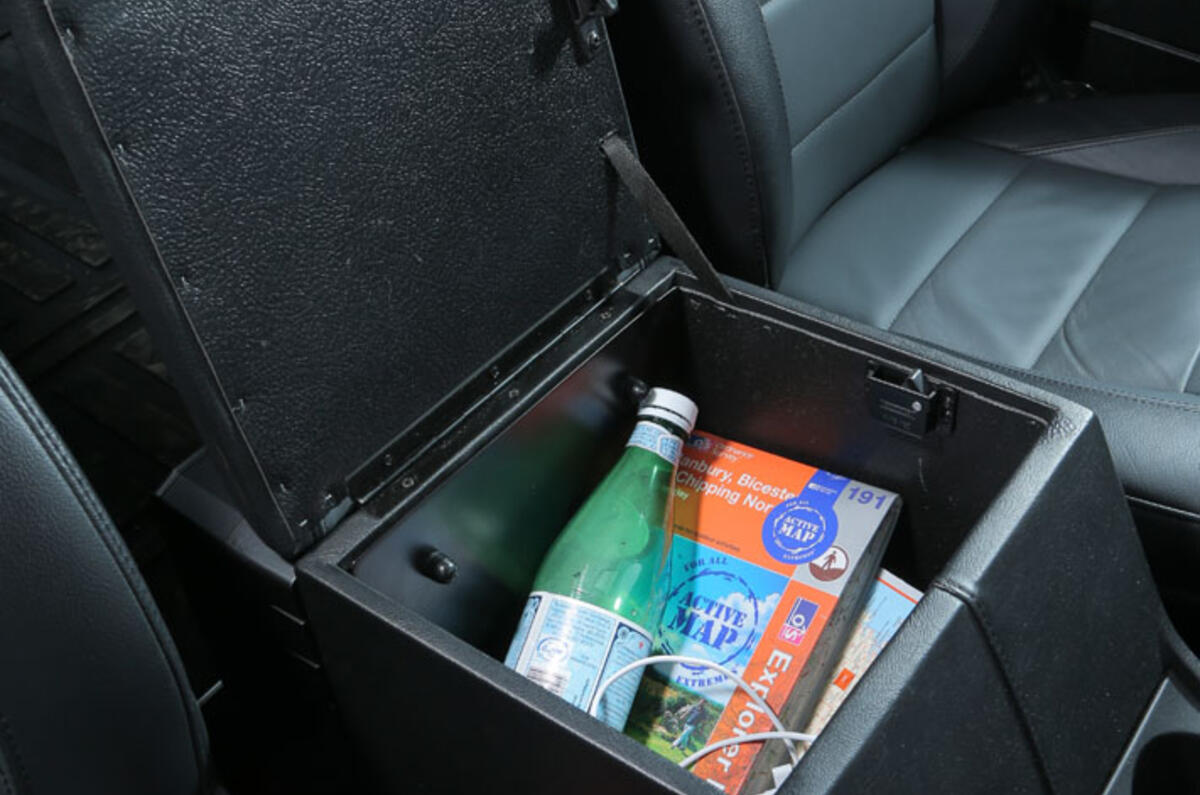

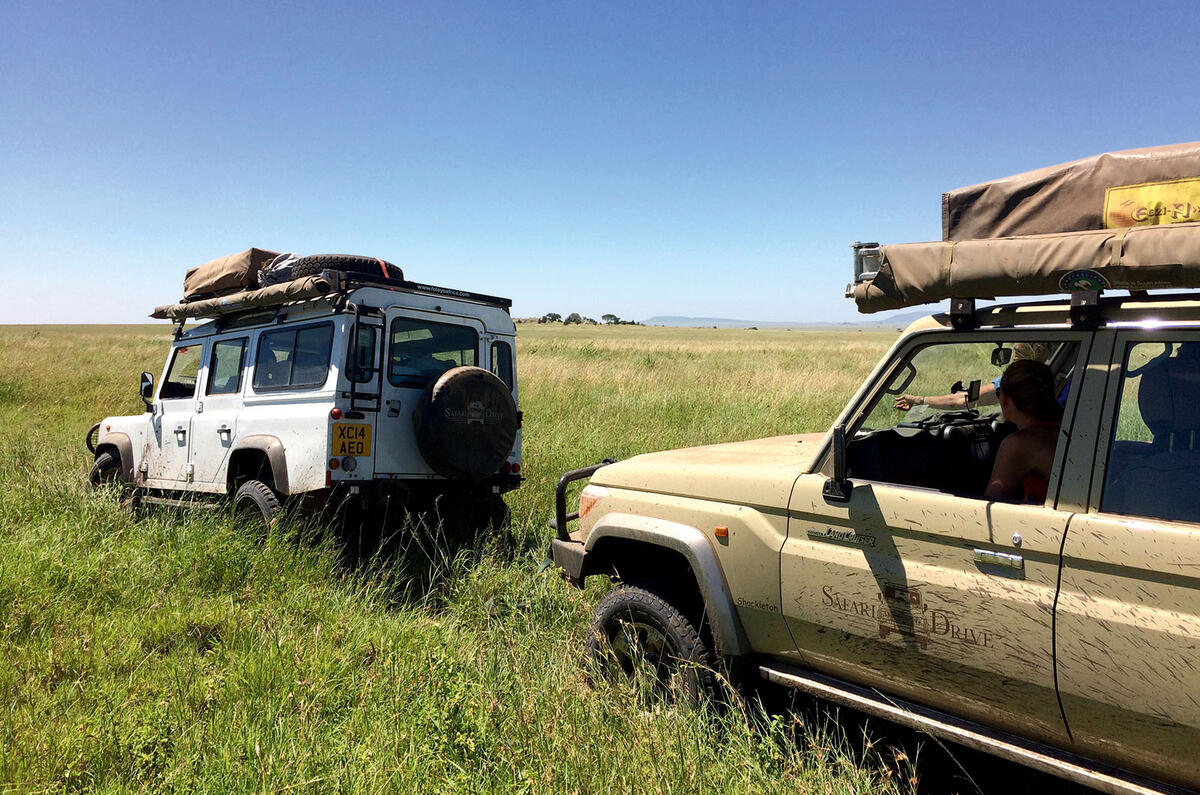










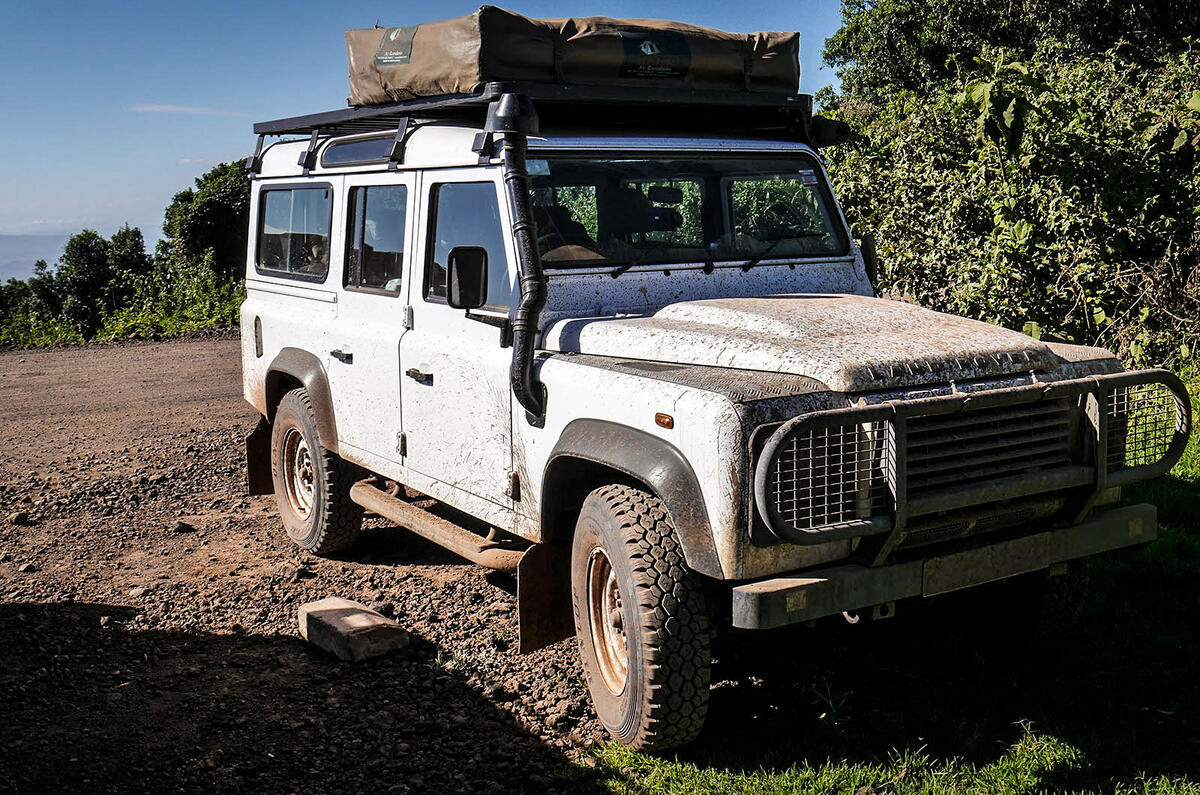




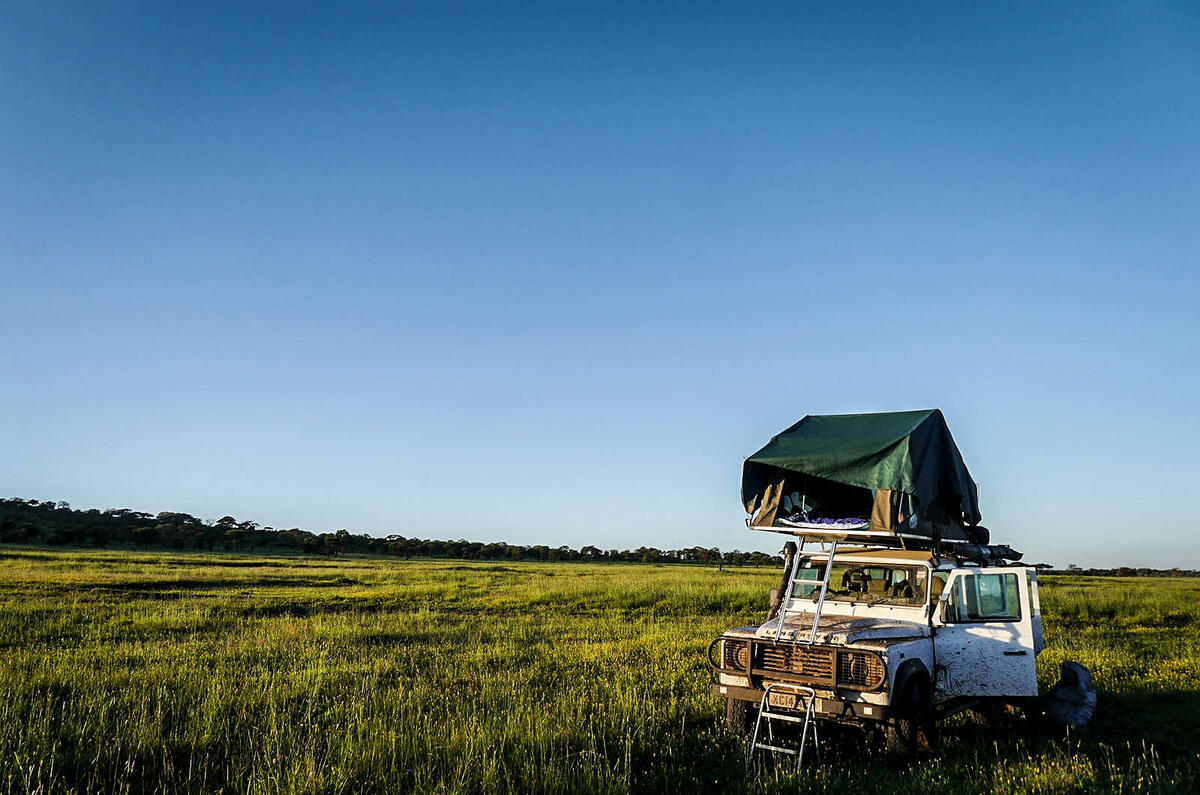
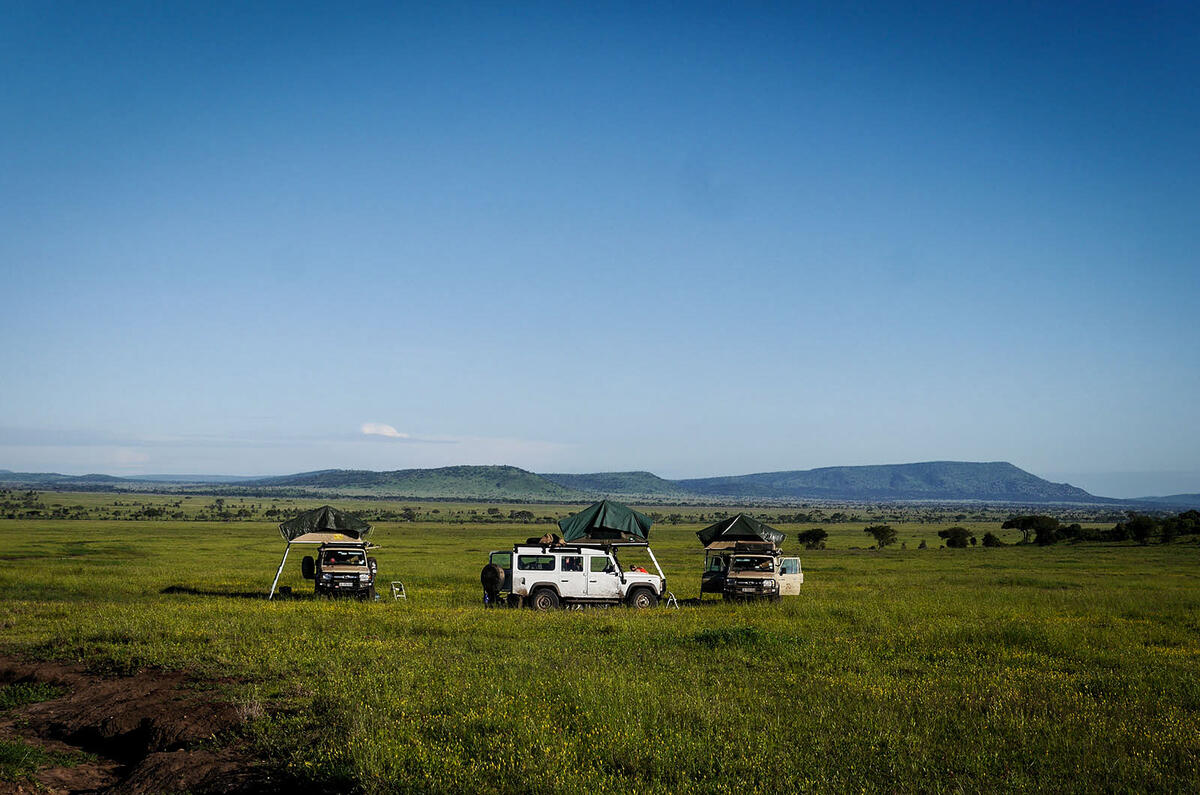










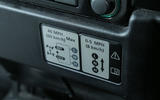



















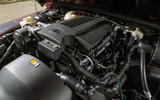

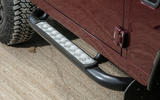


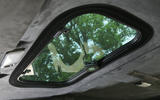
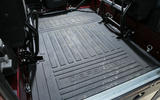


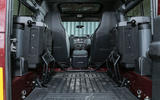
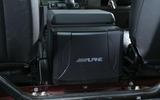


























Join the debate
Add your comment
No final waves just yet
Even Africa seems to be saying goodbye to the Defender...
@K12479
289 is a prick. An obscenely